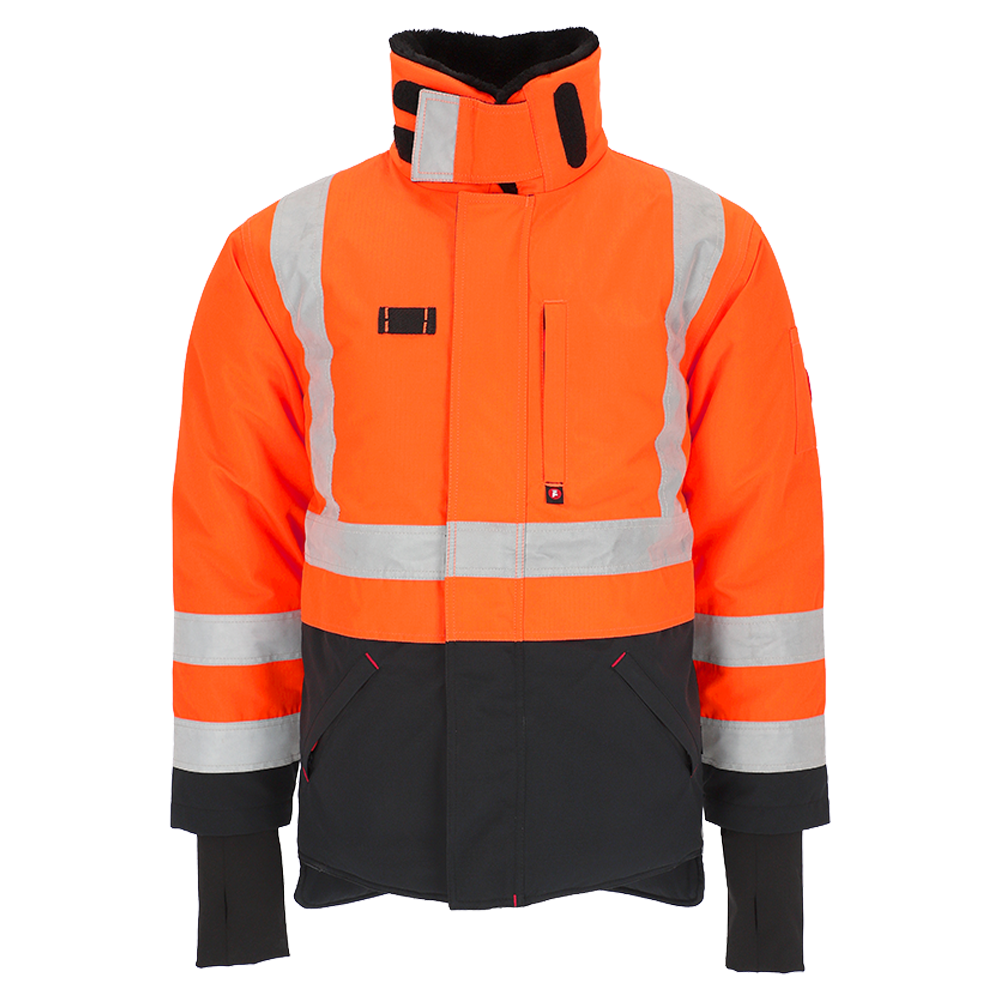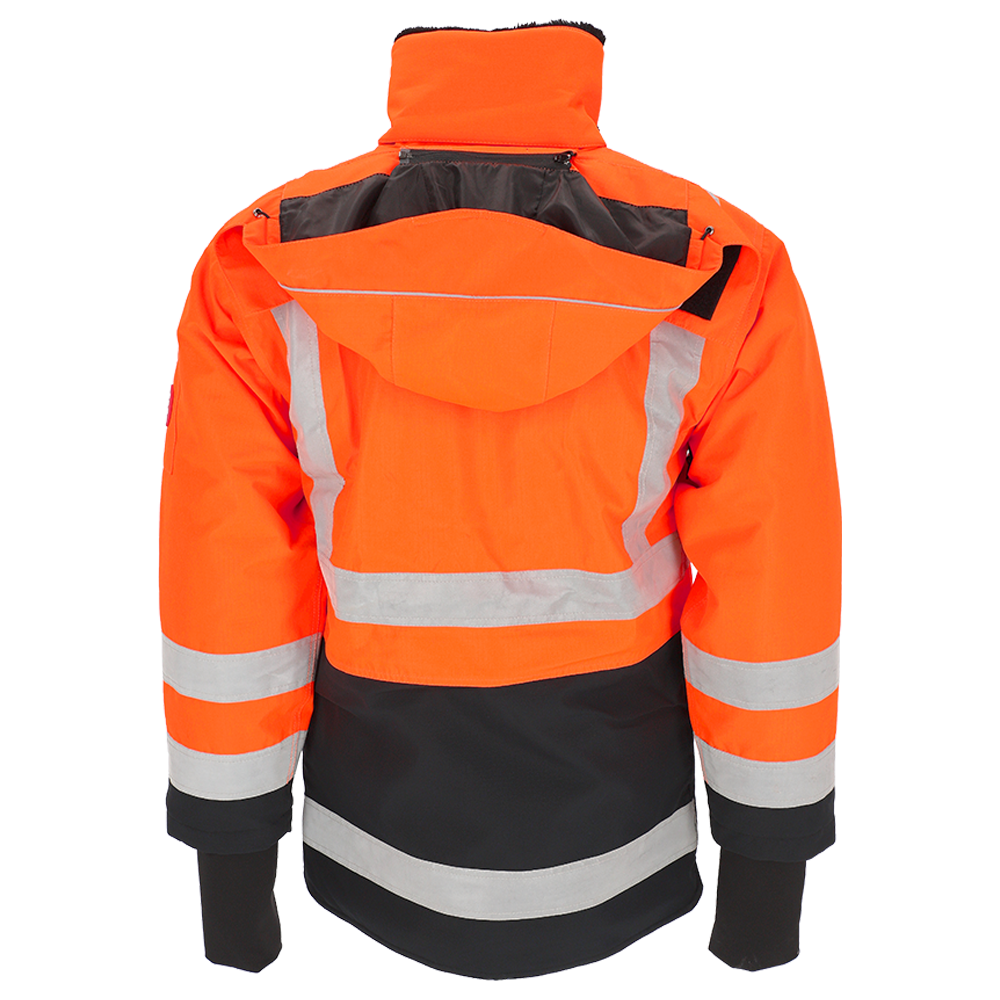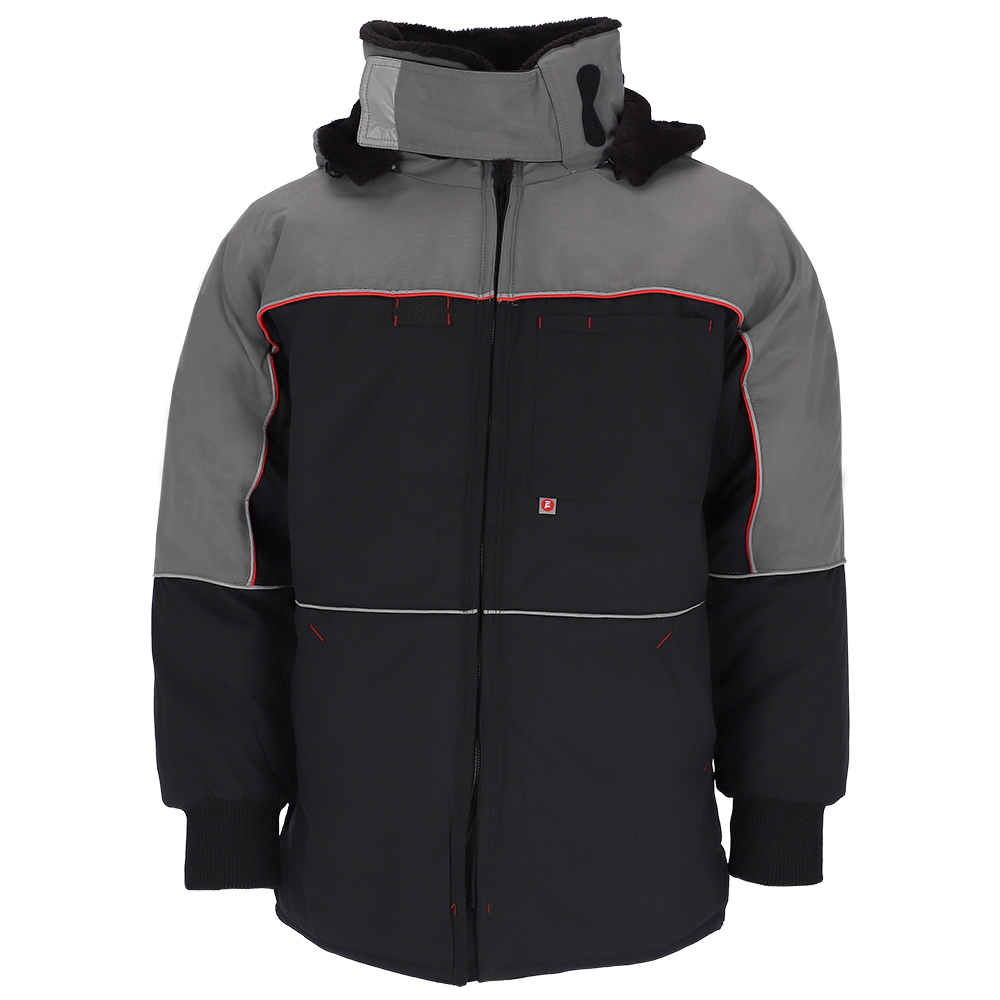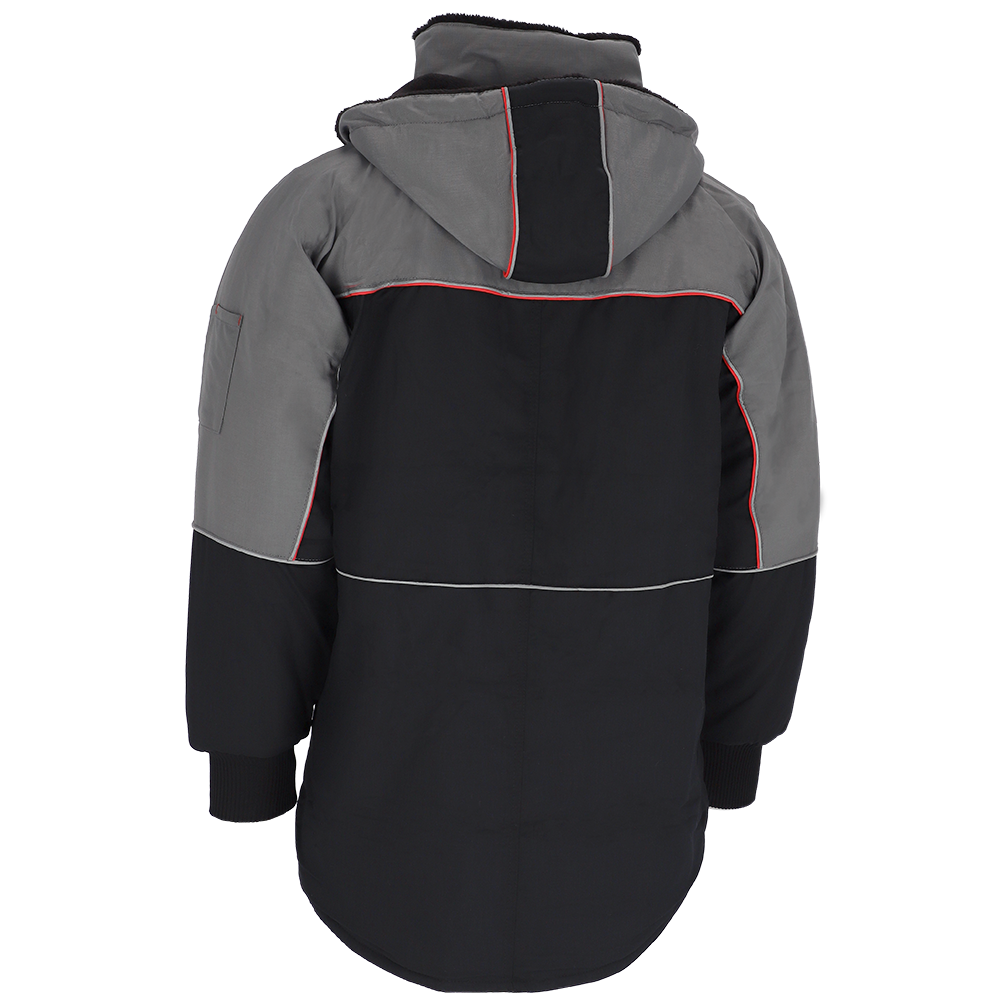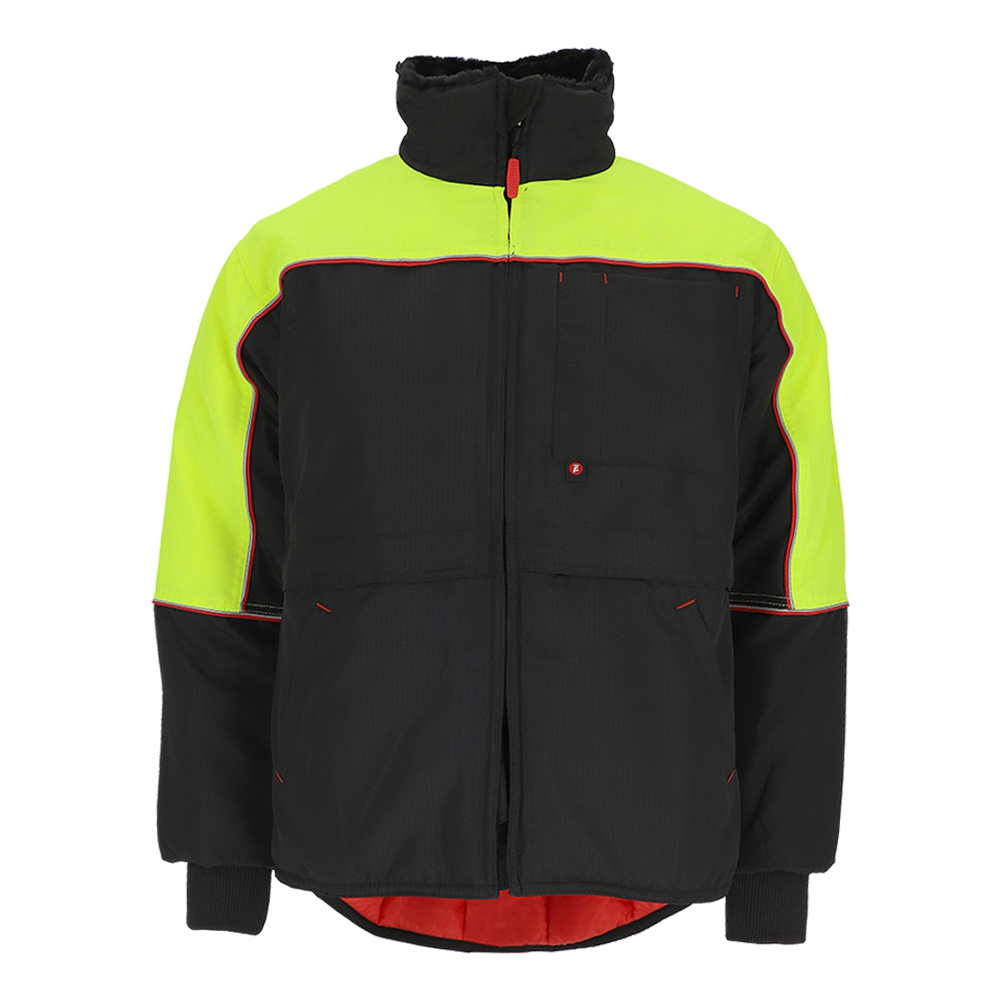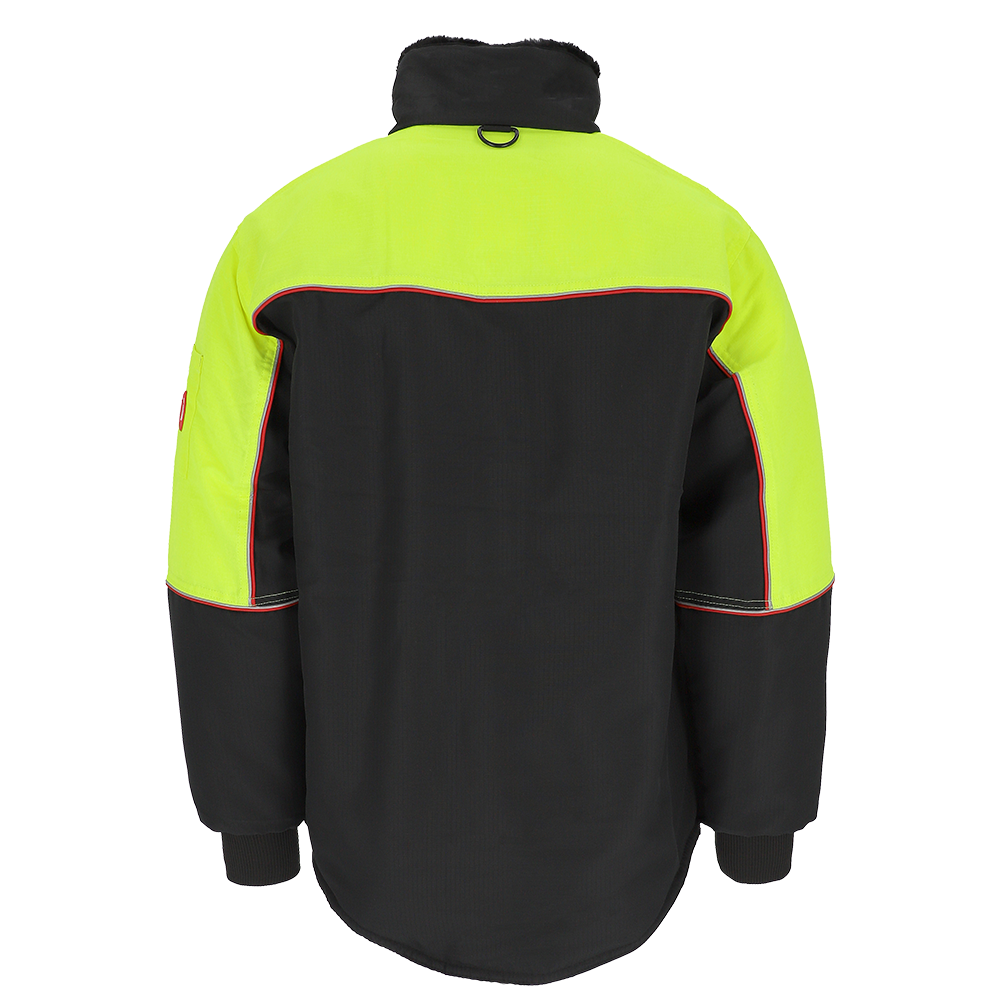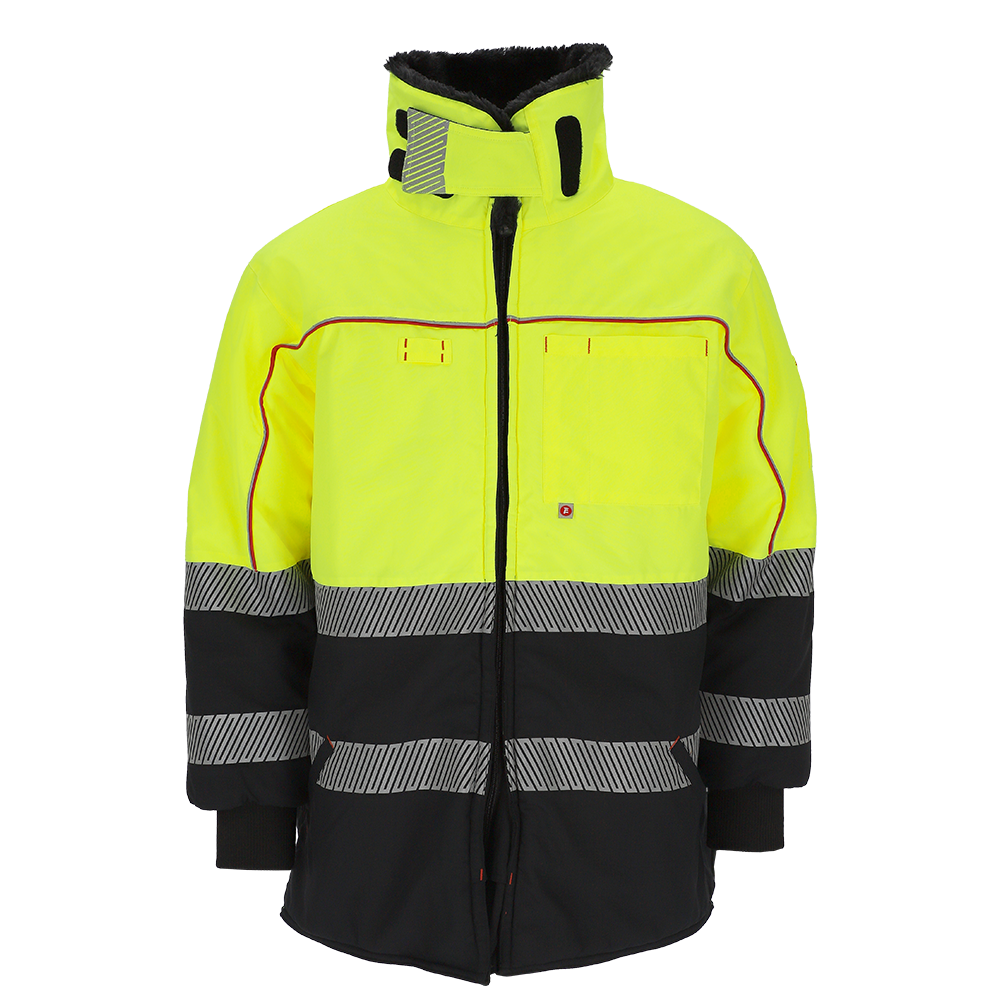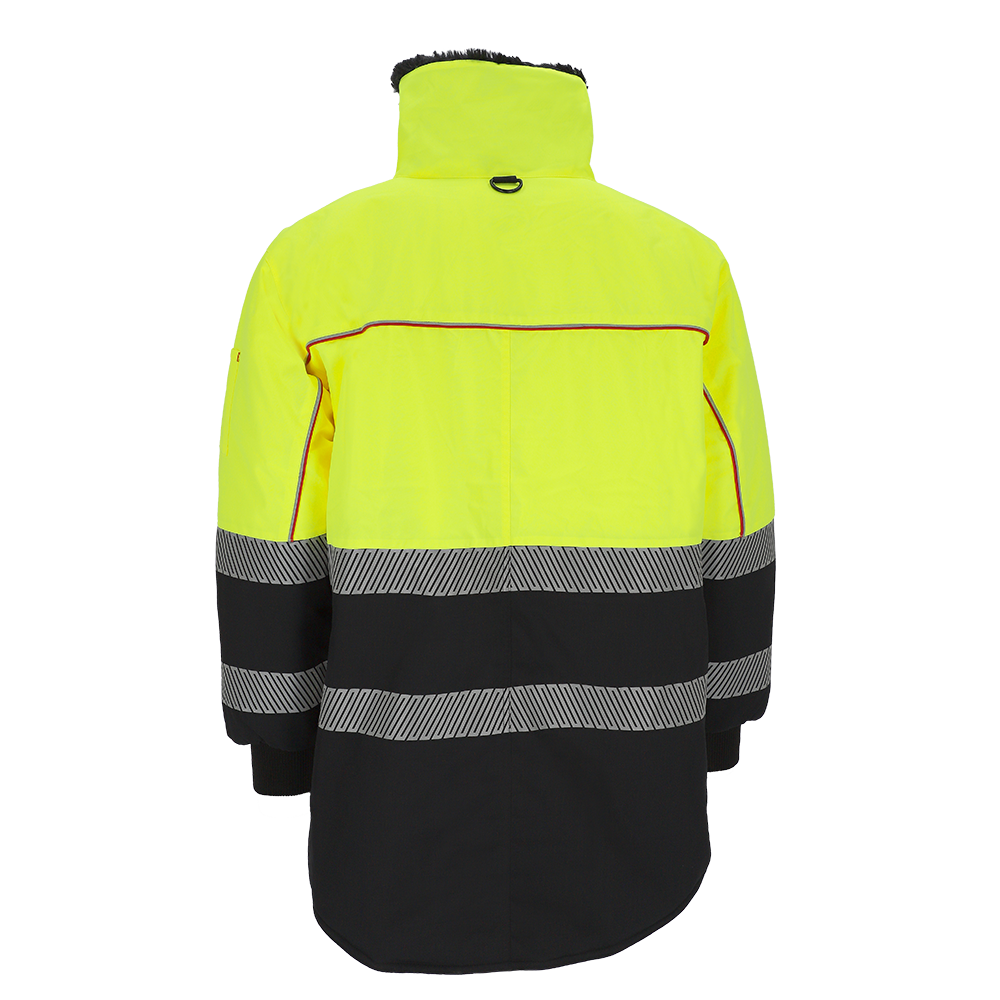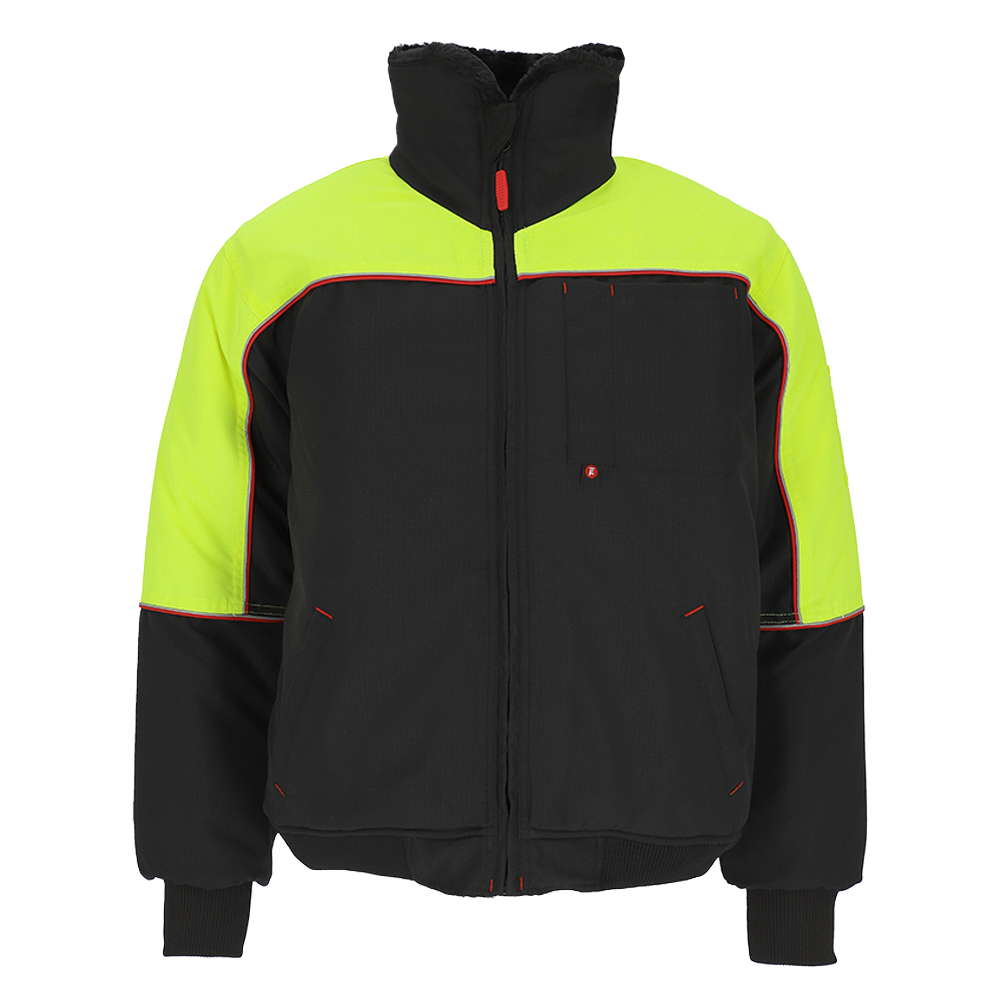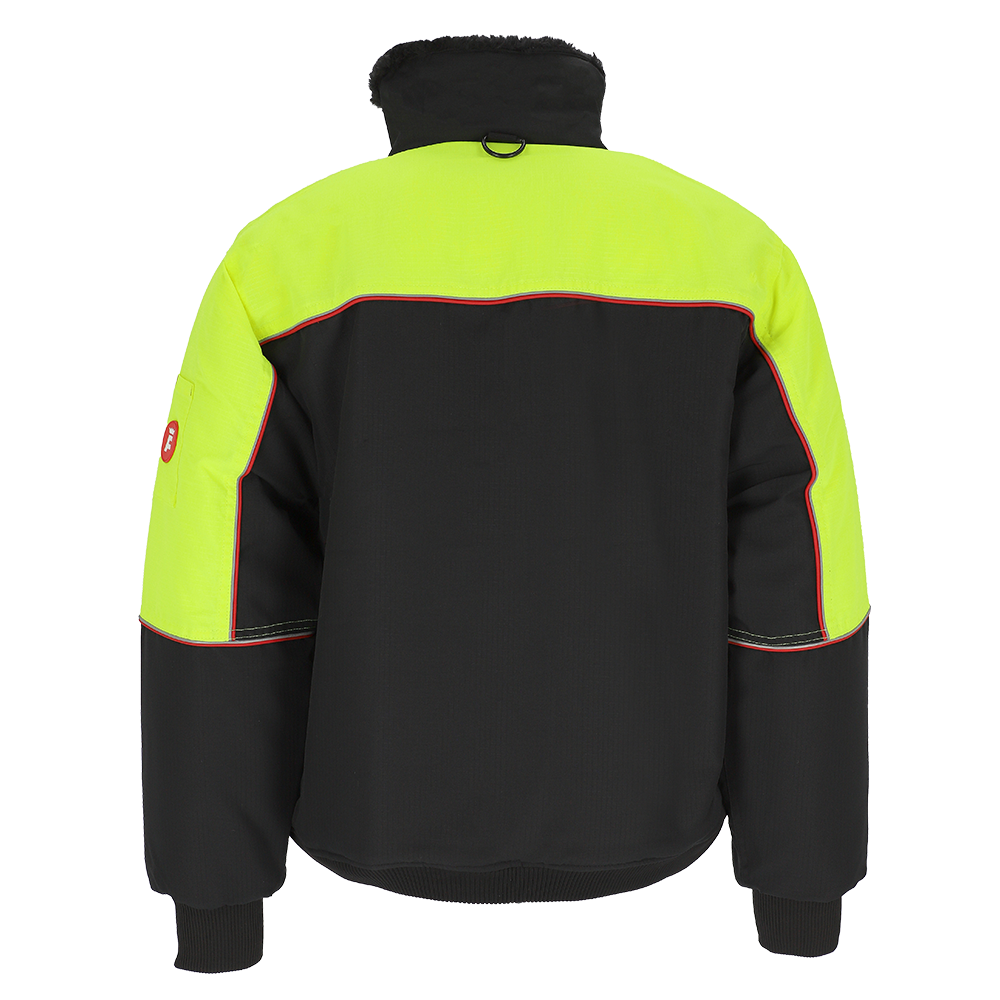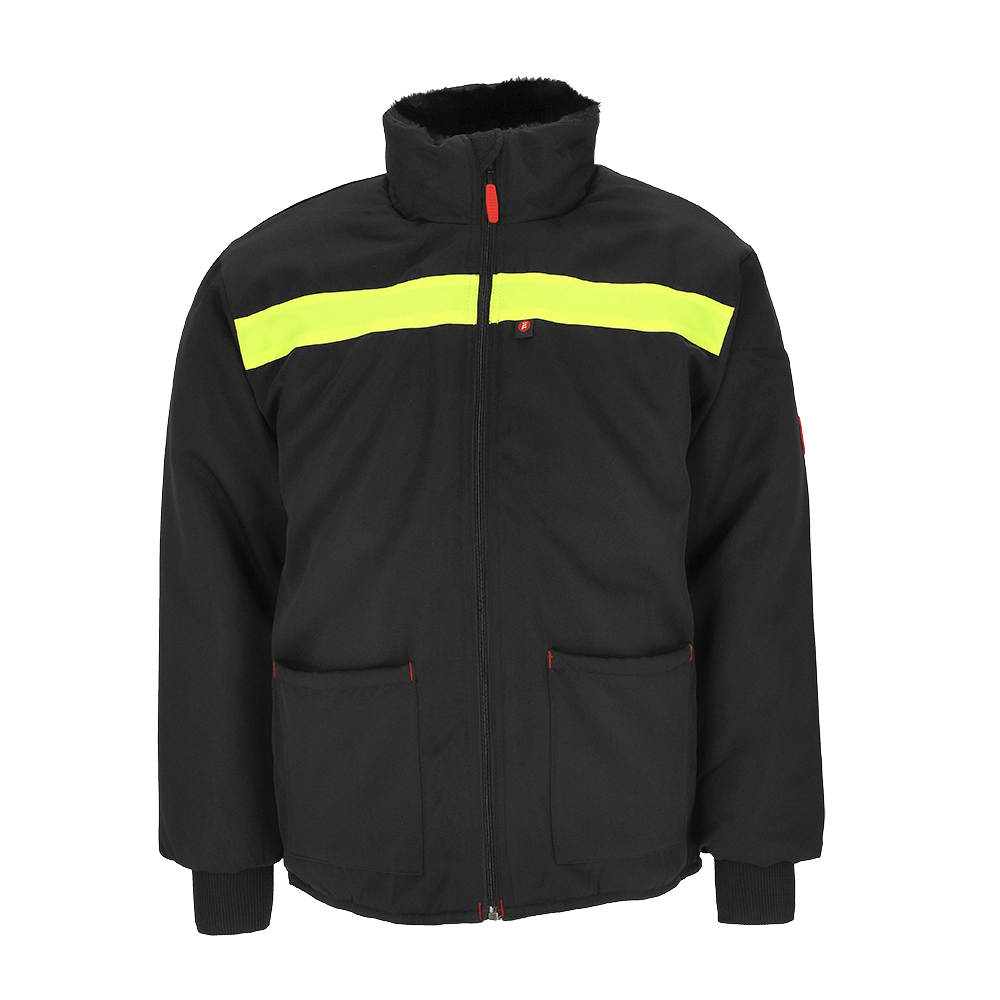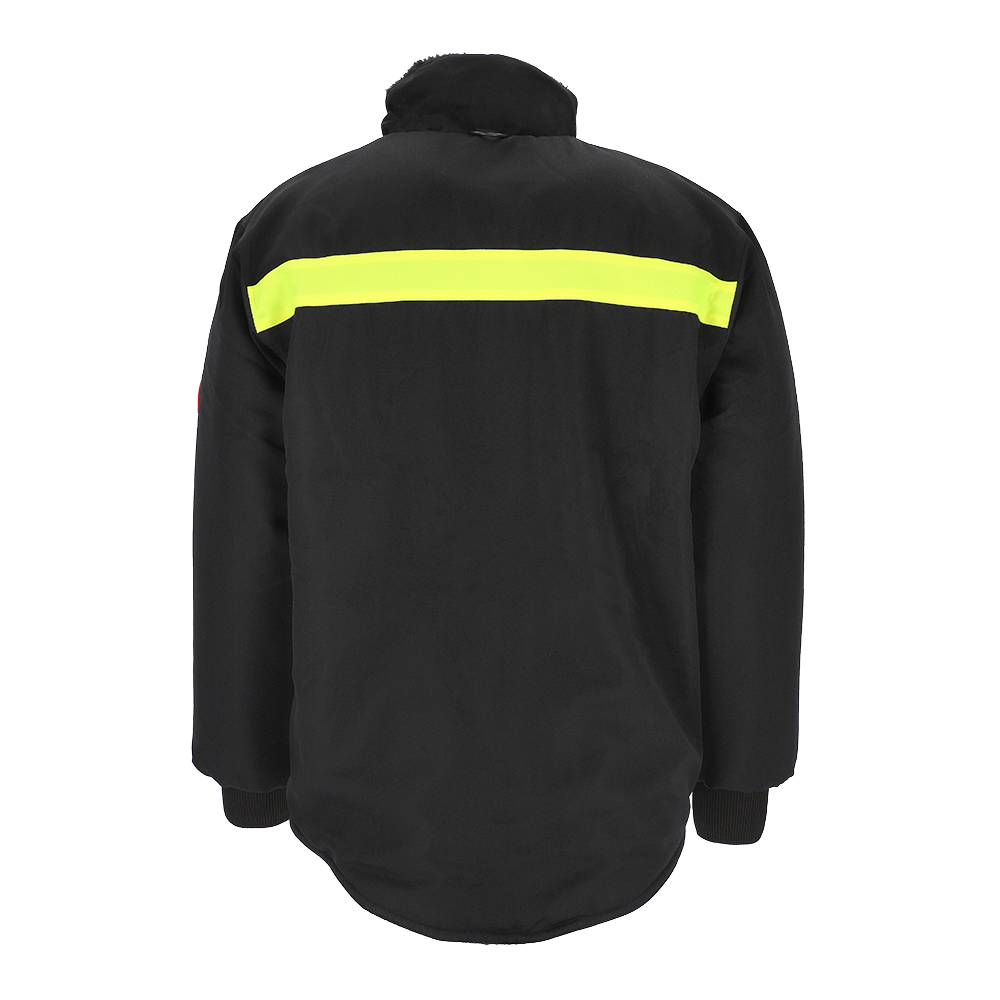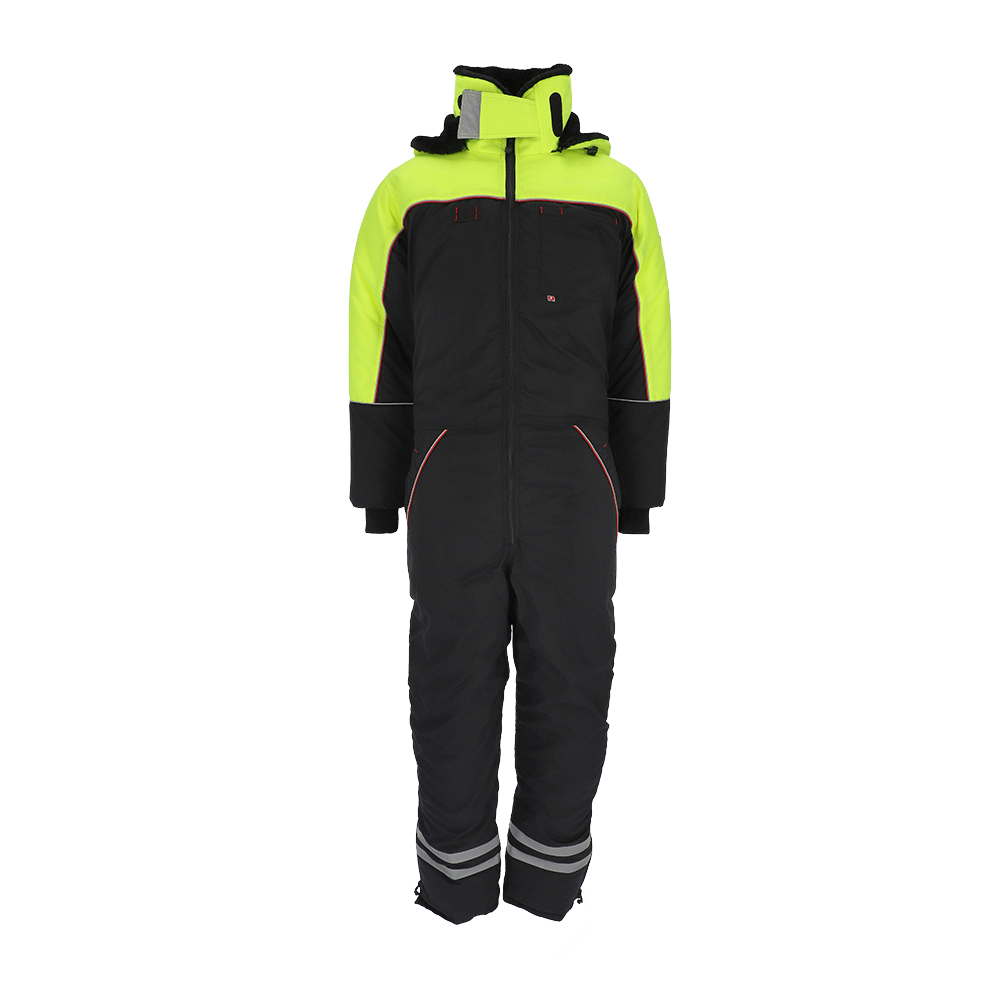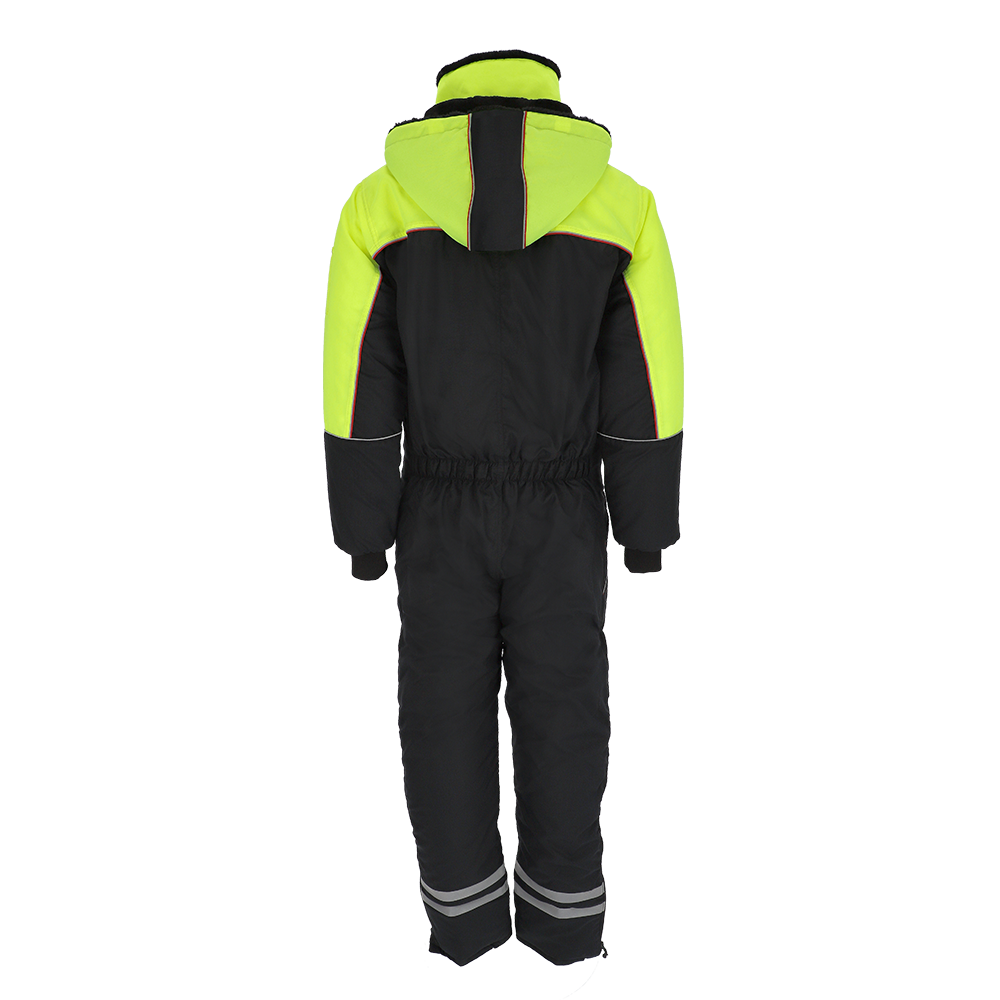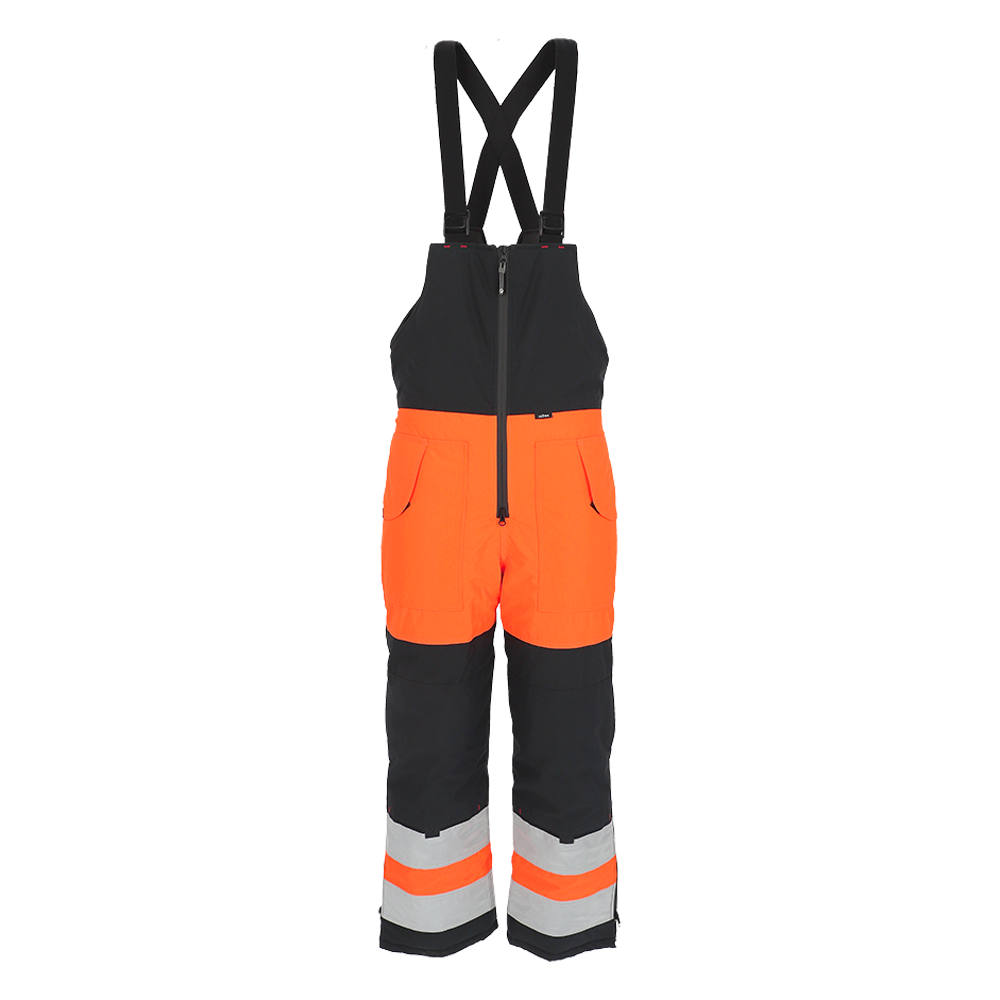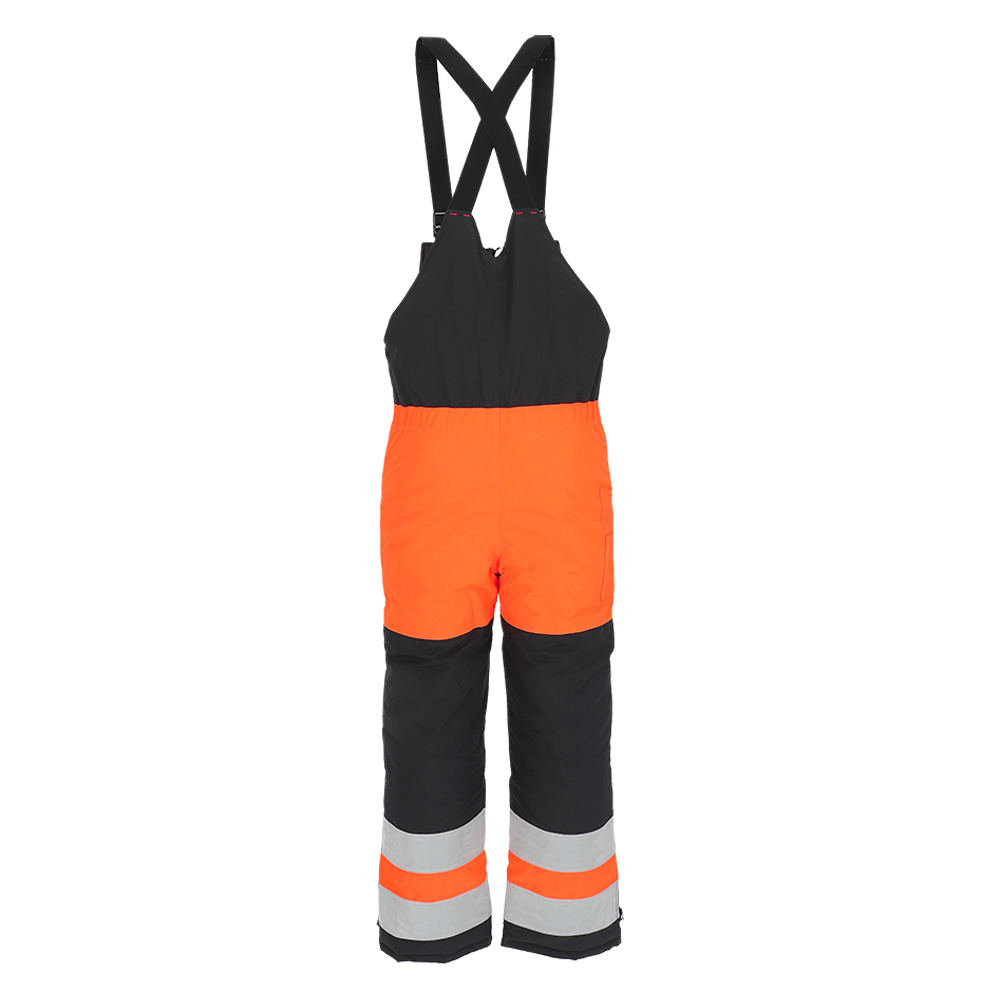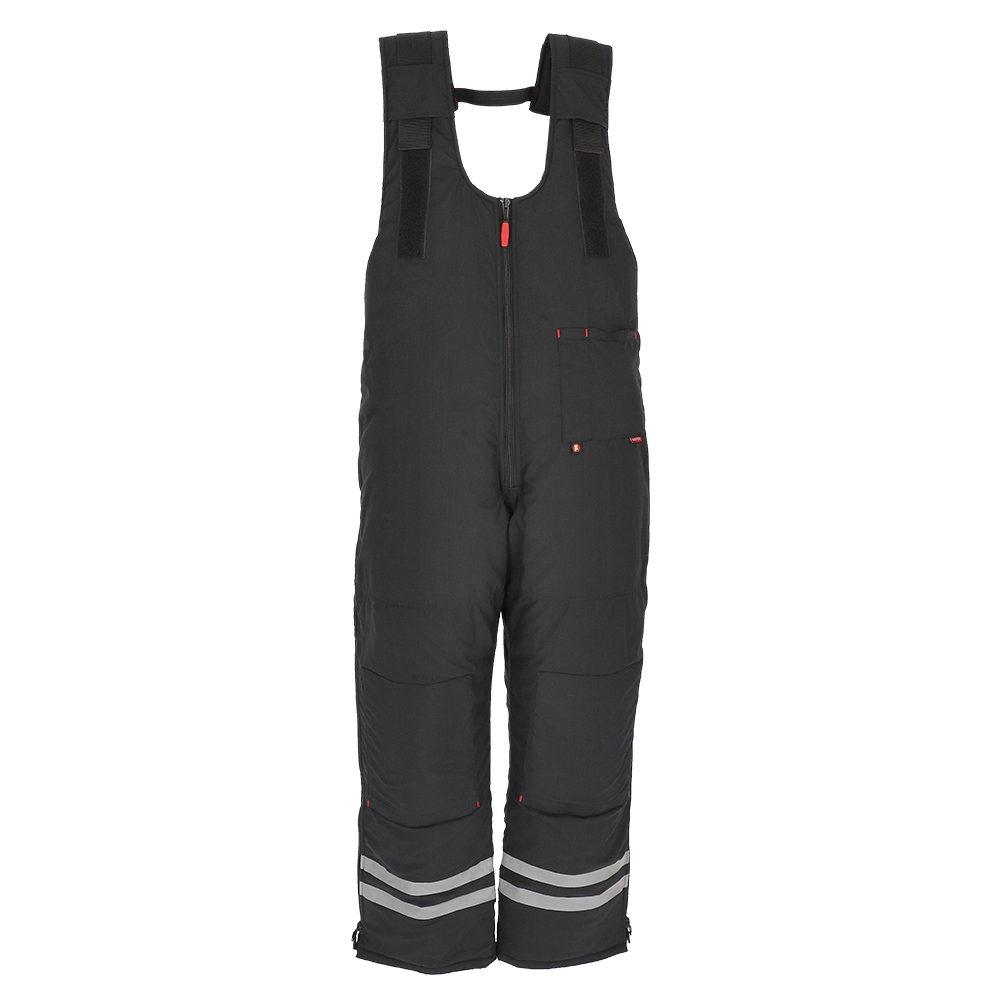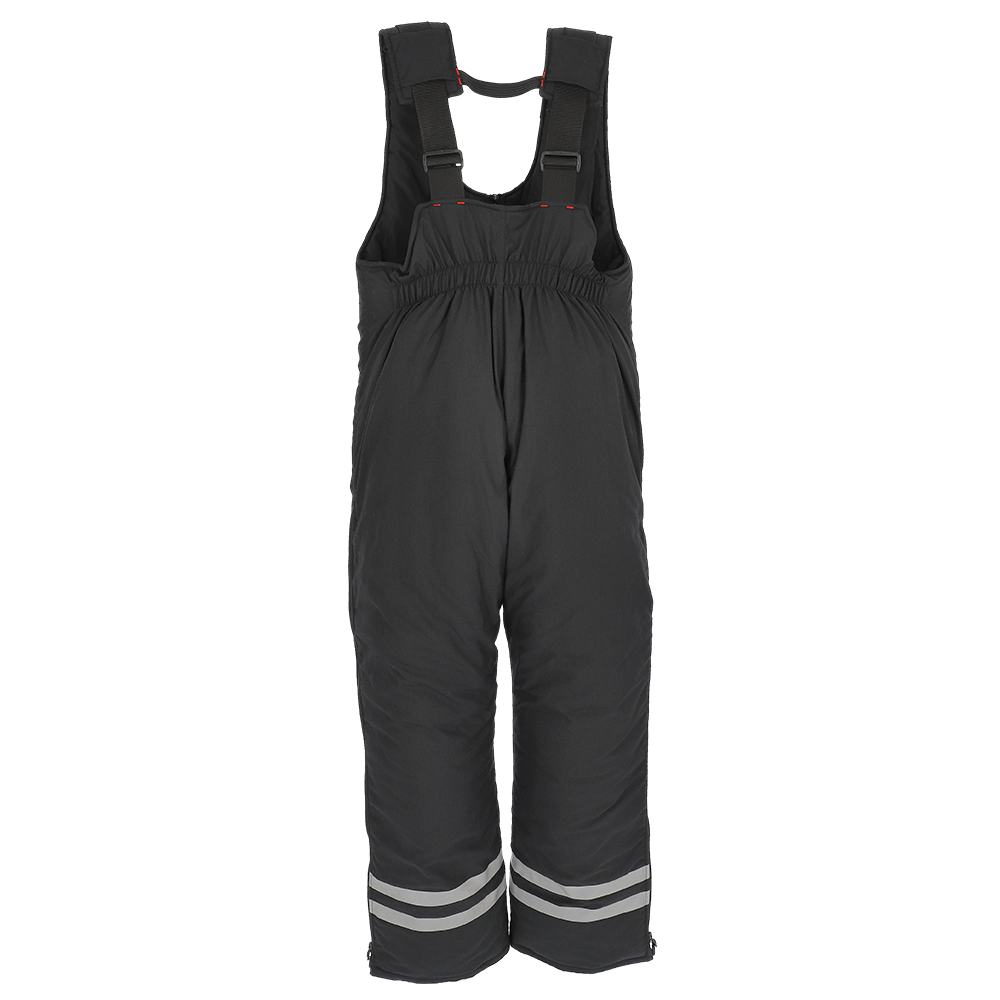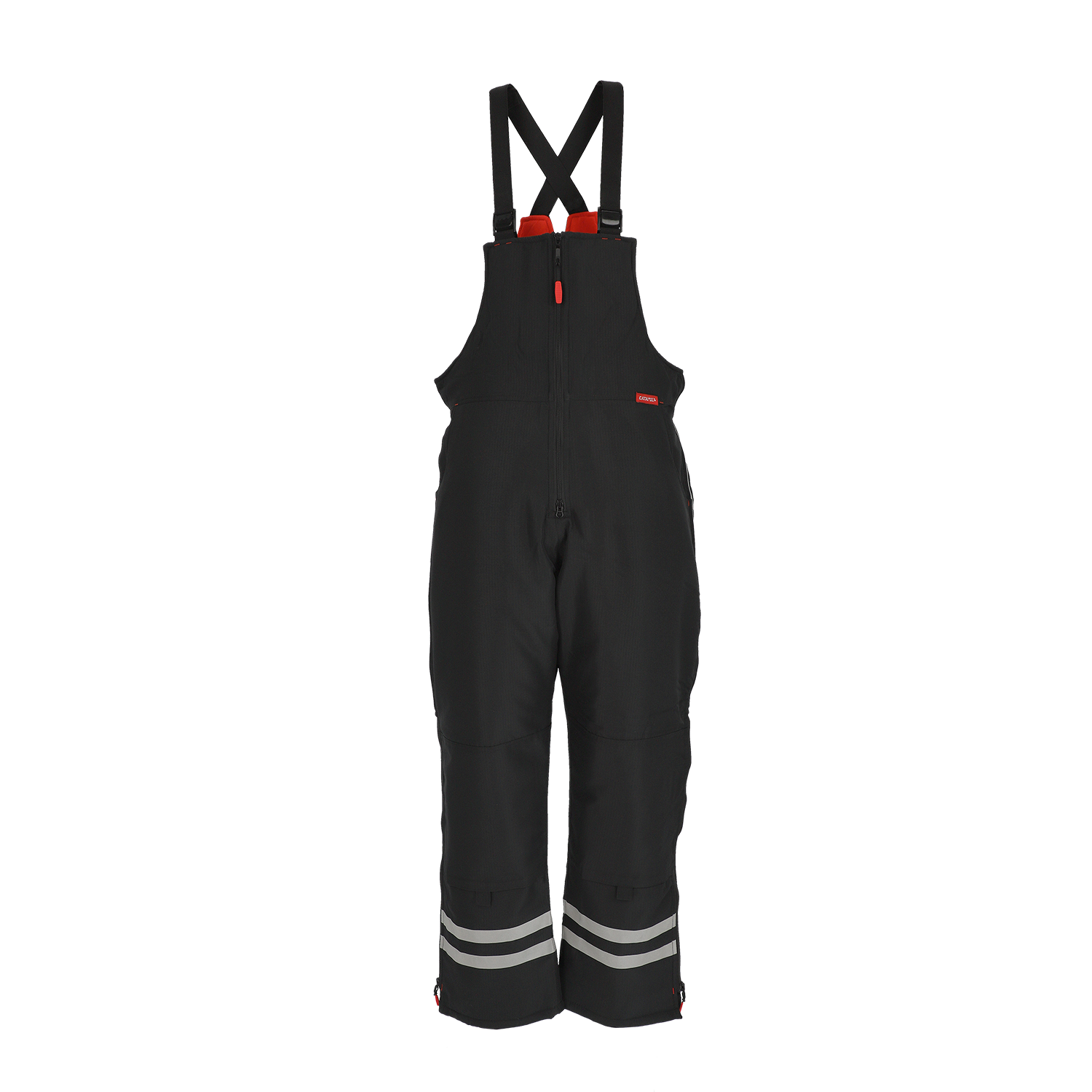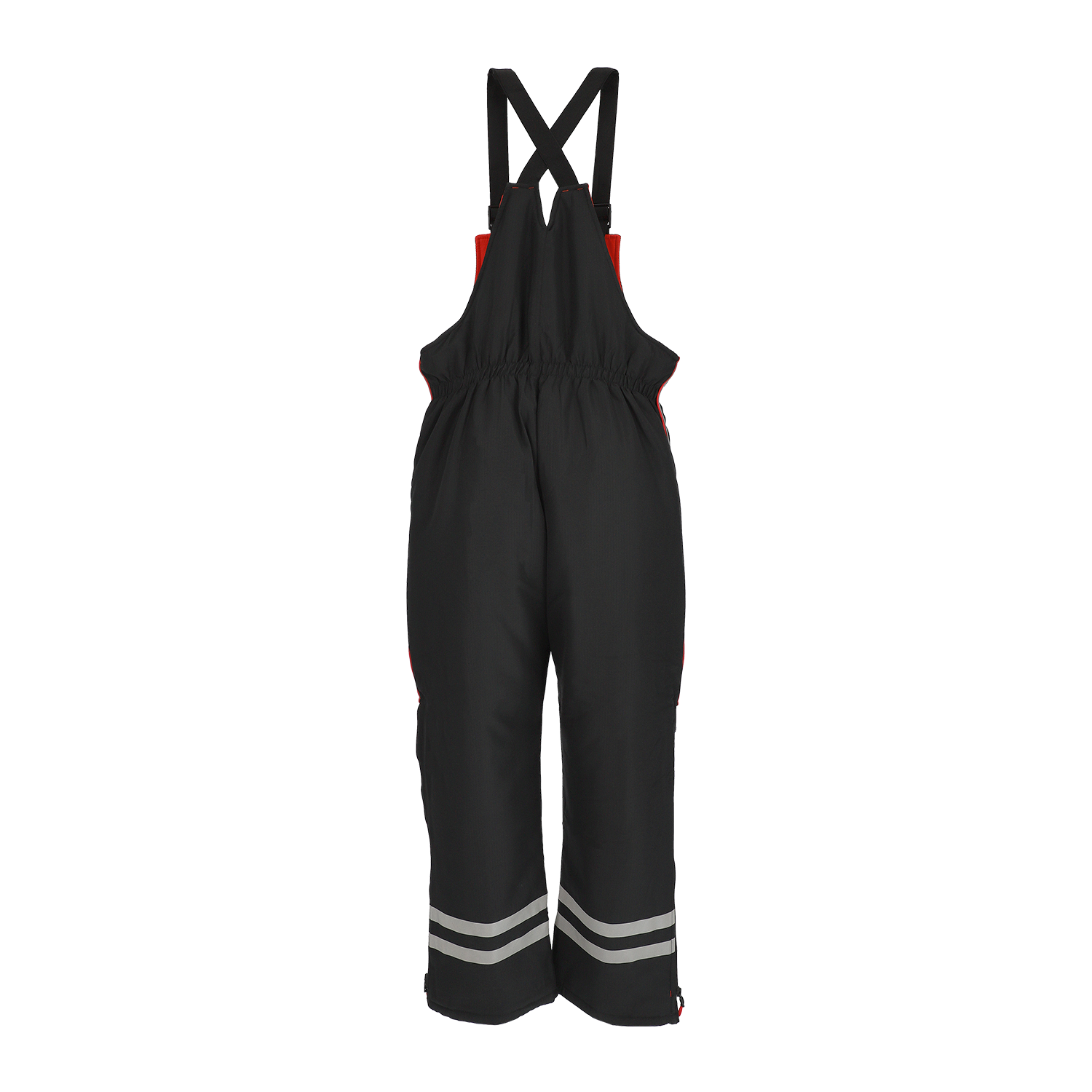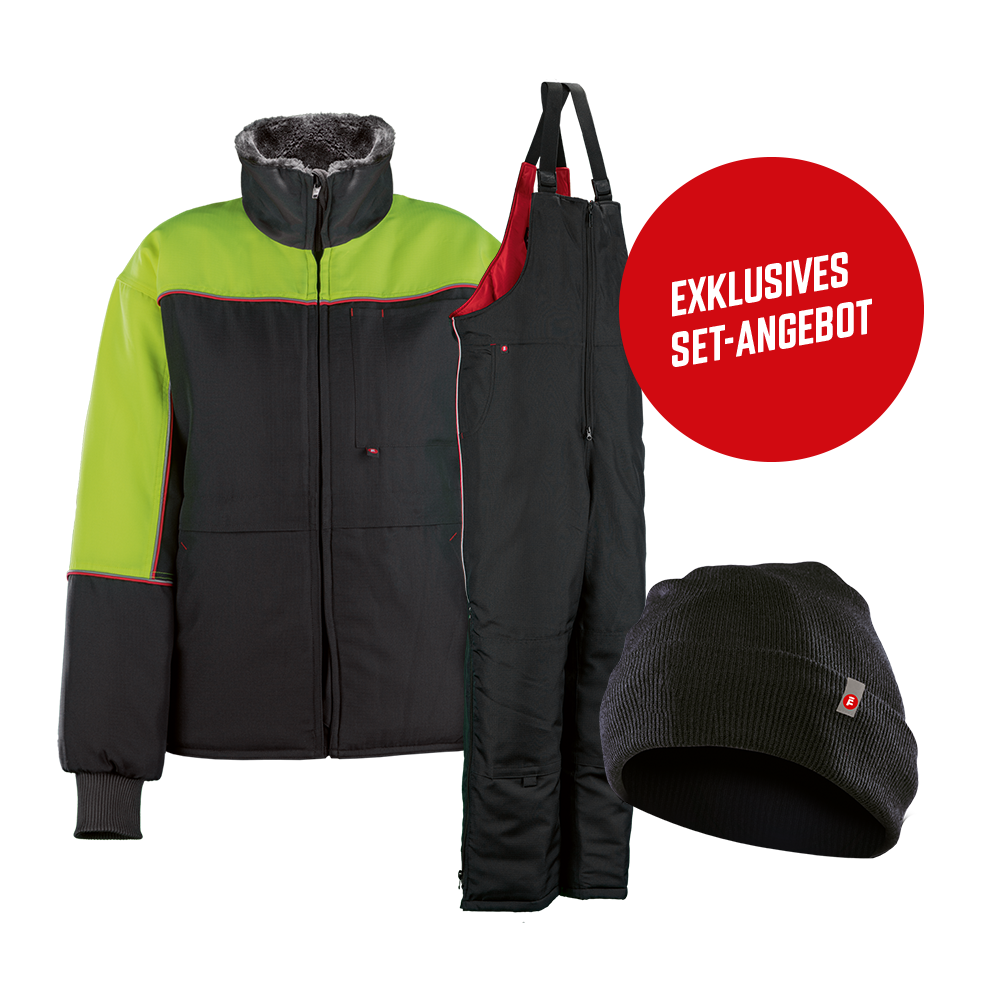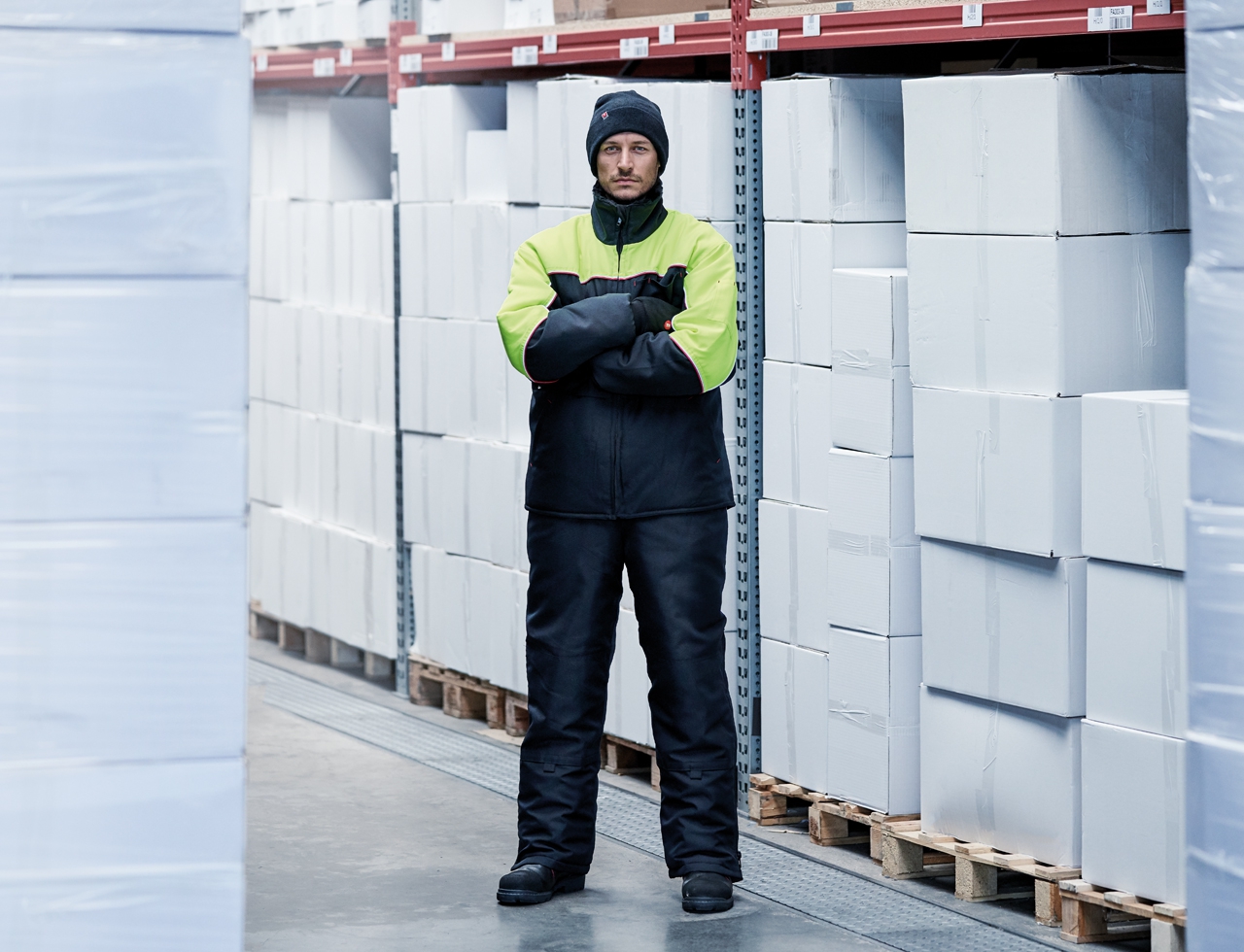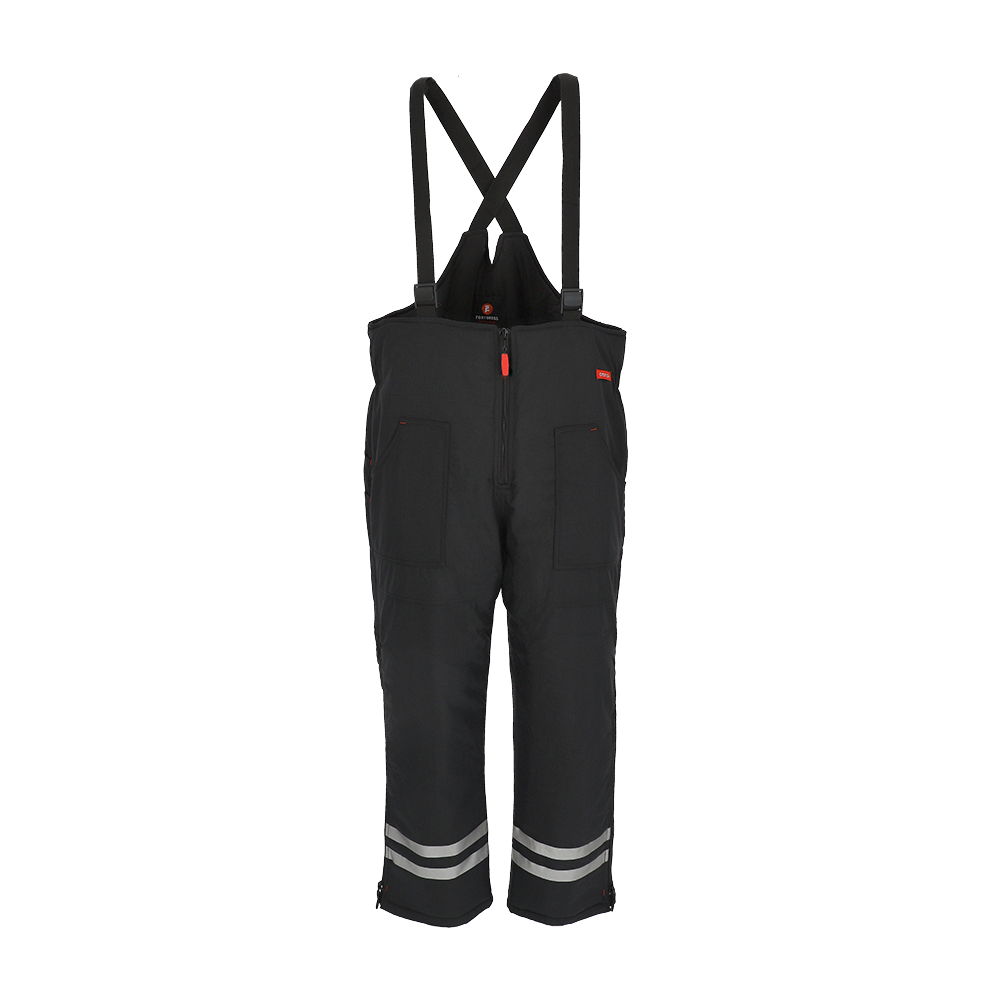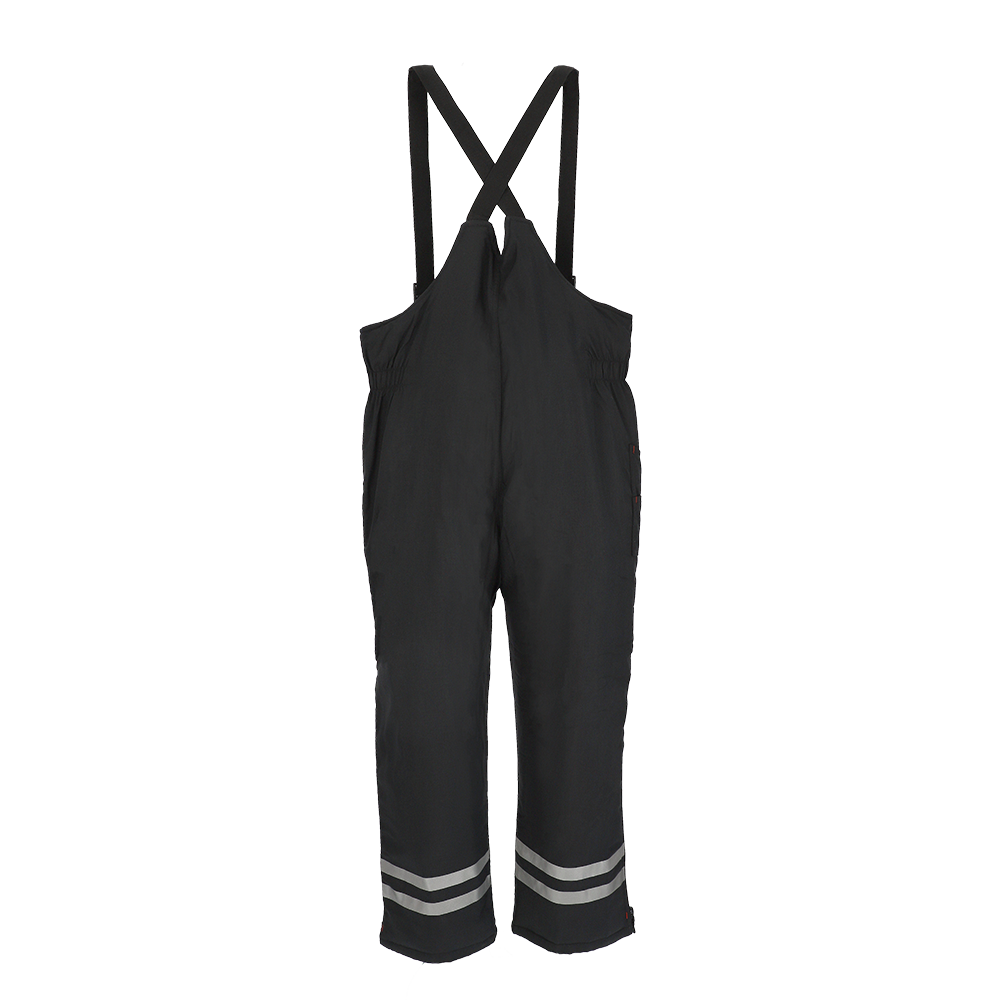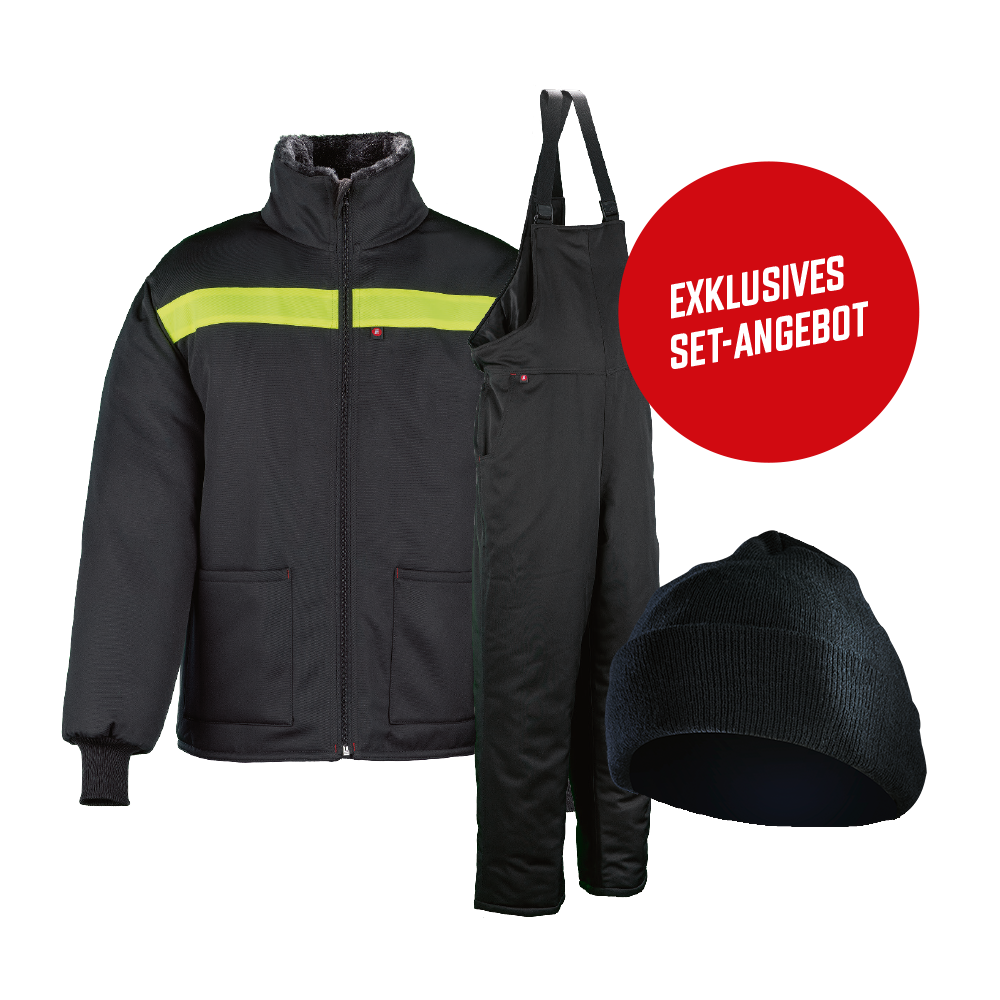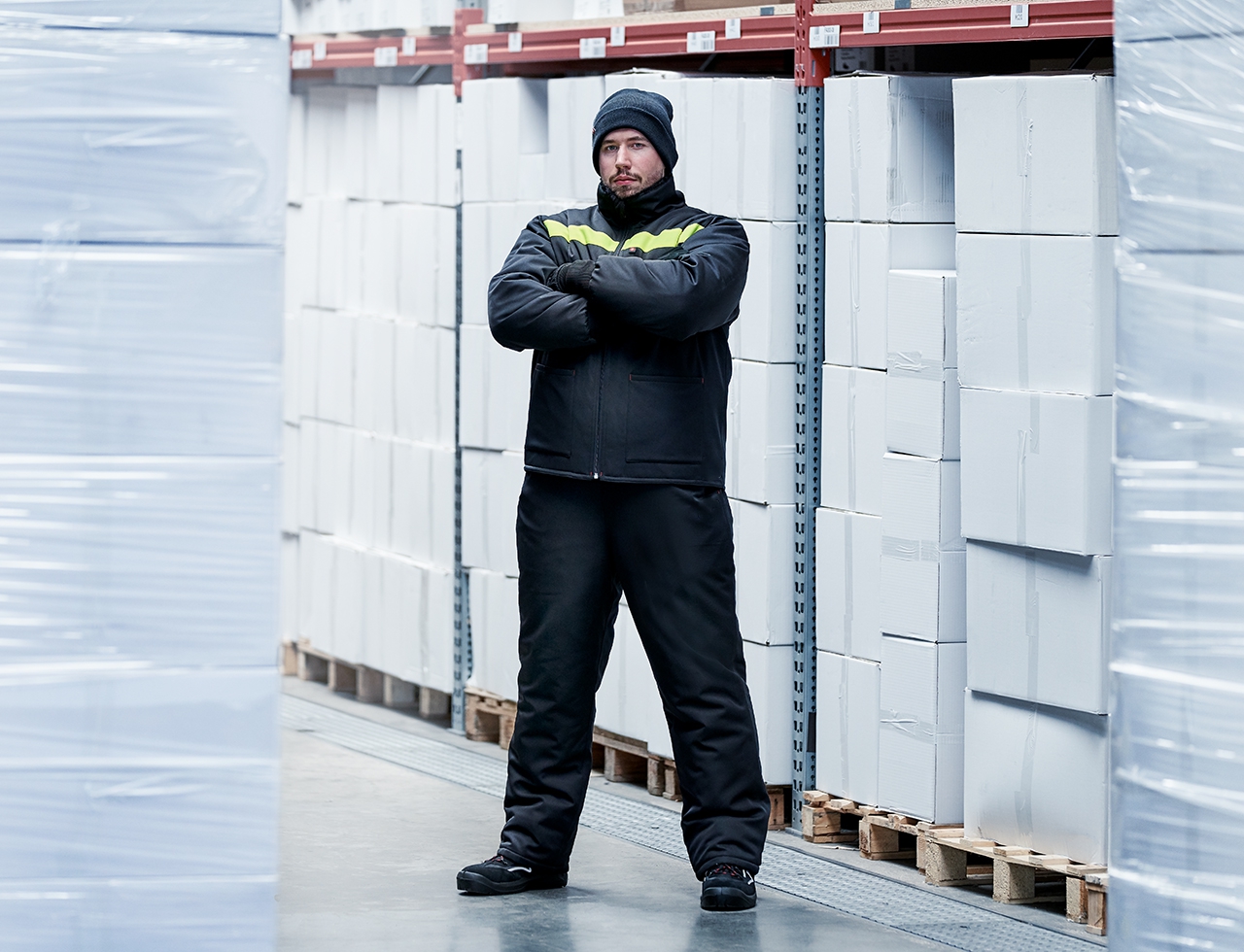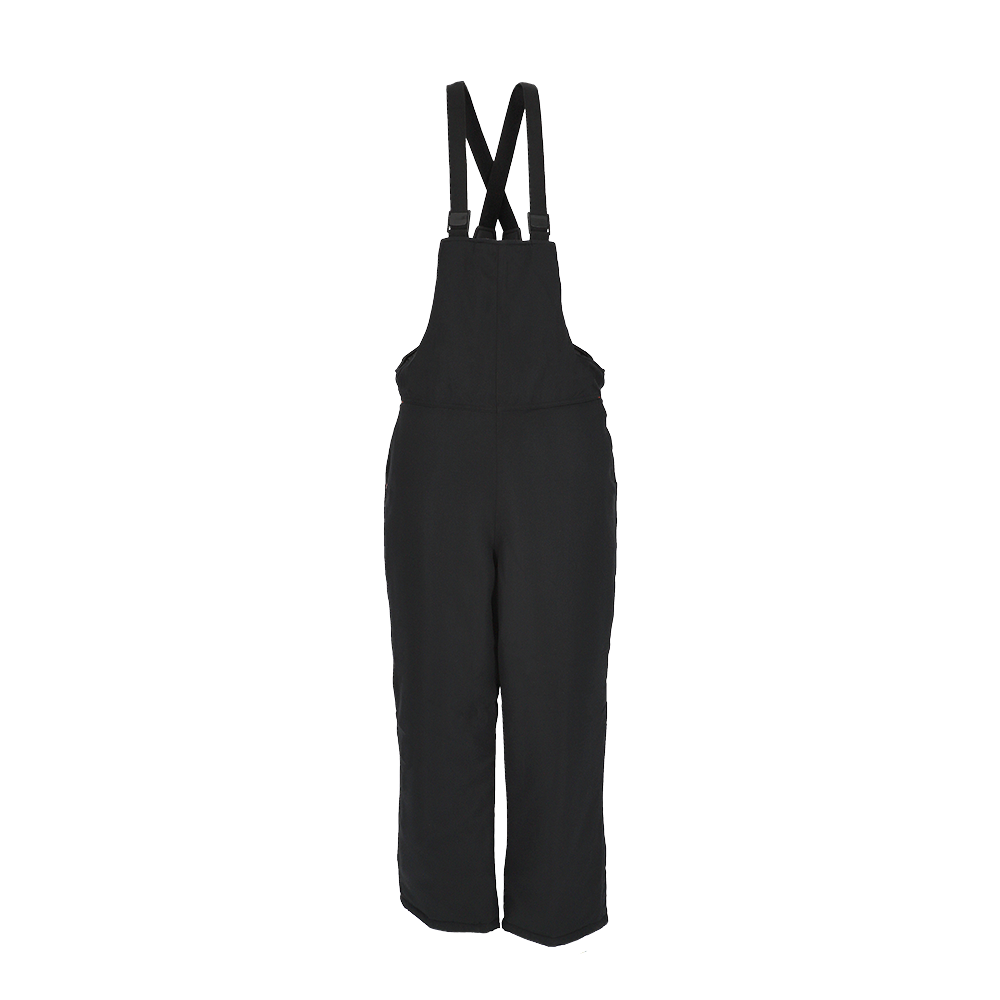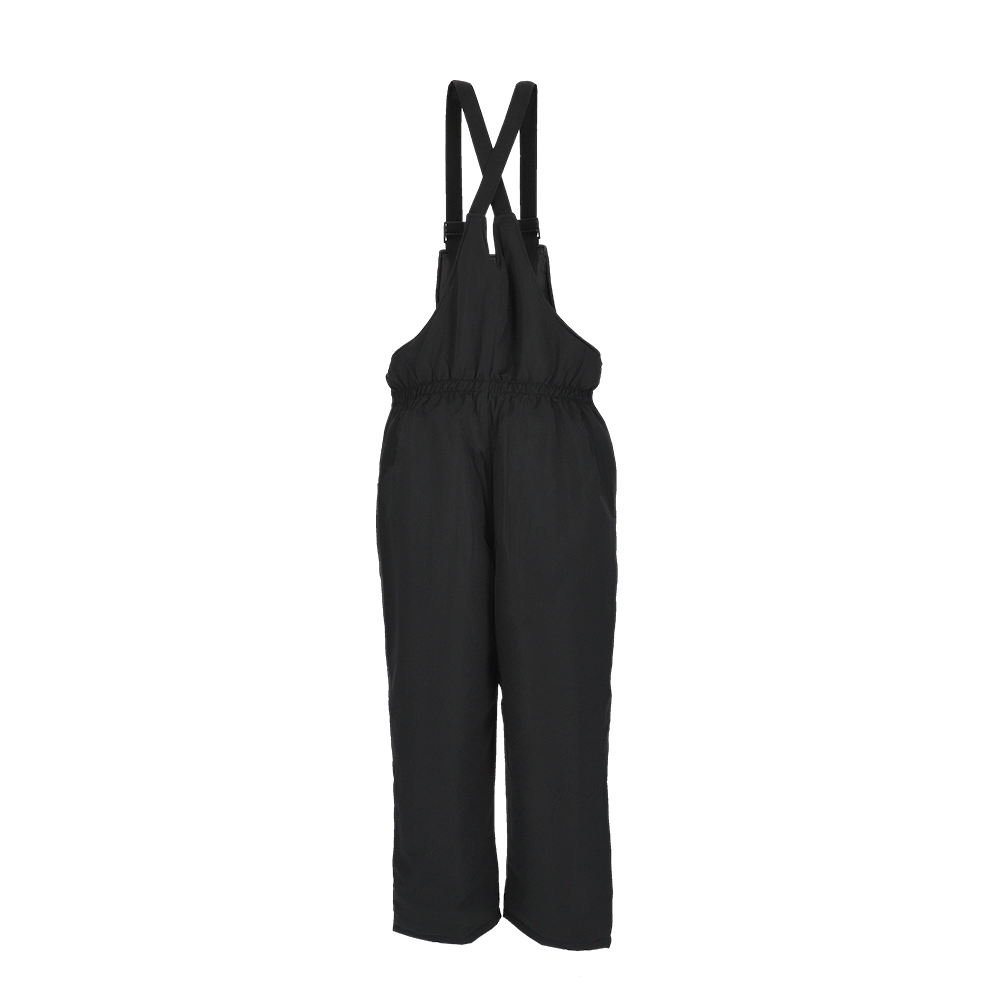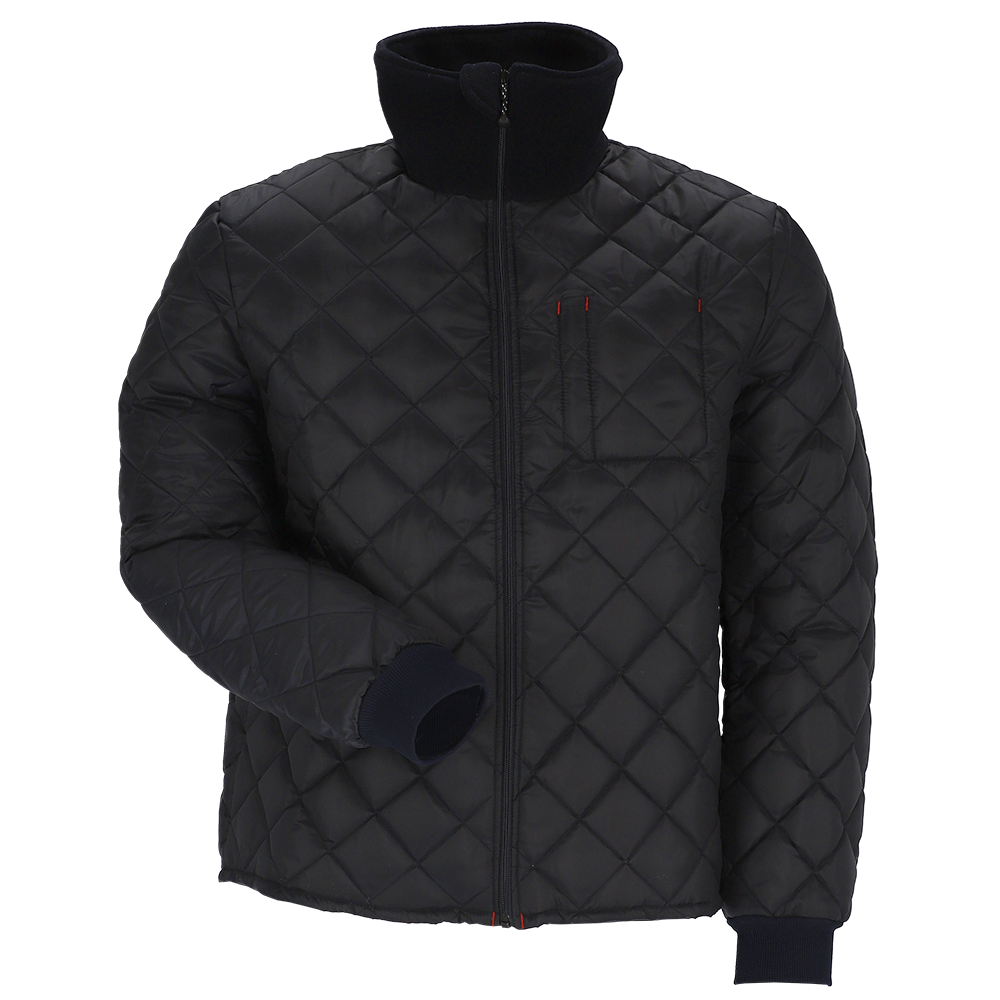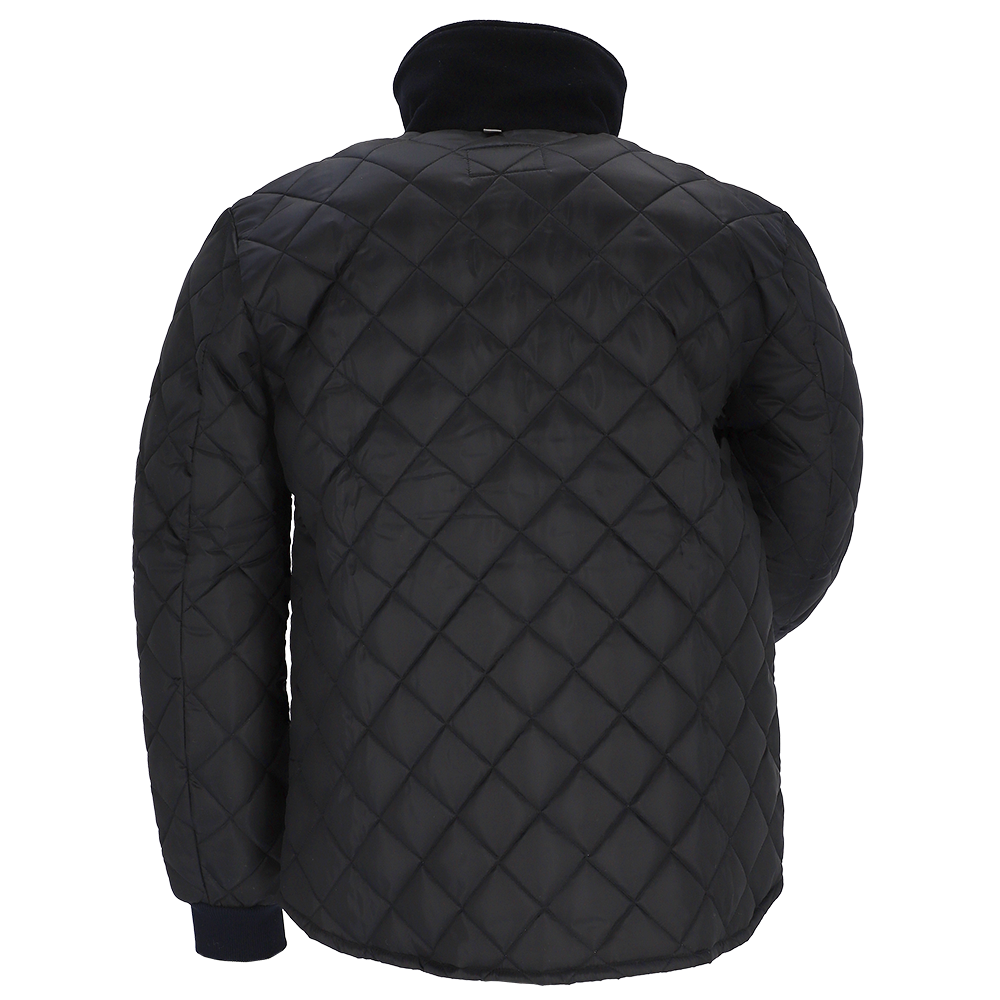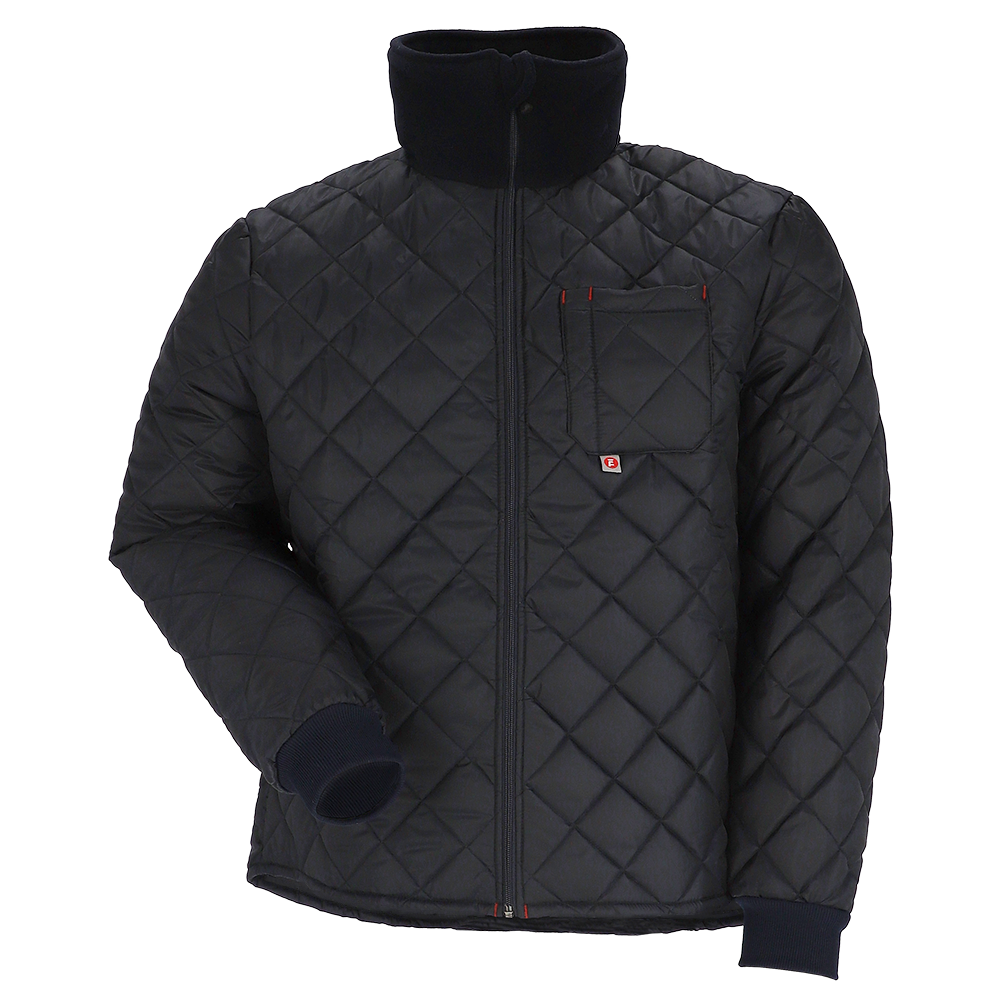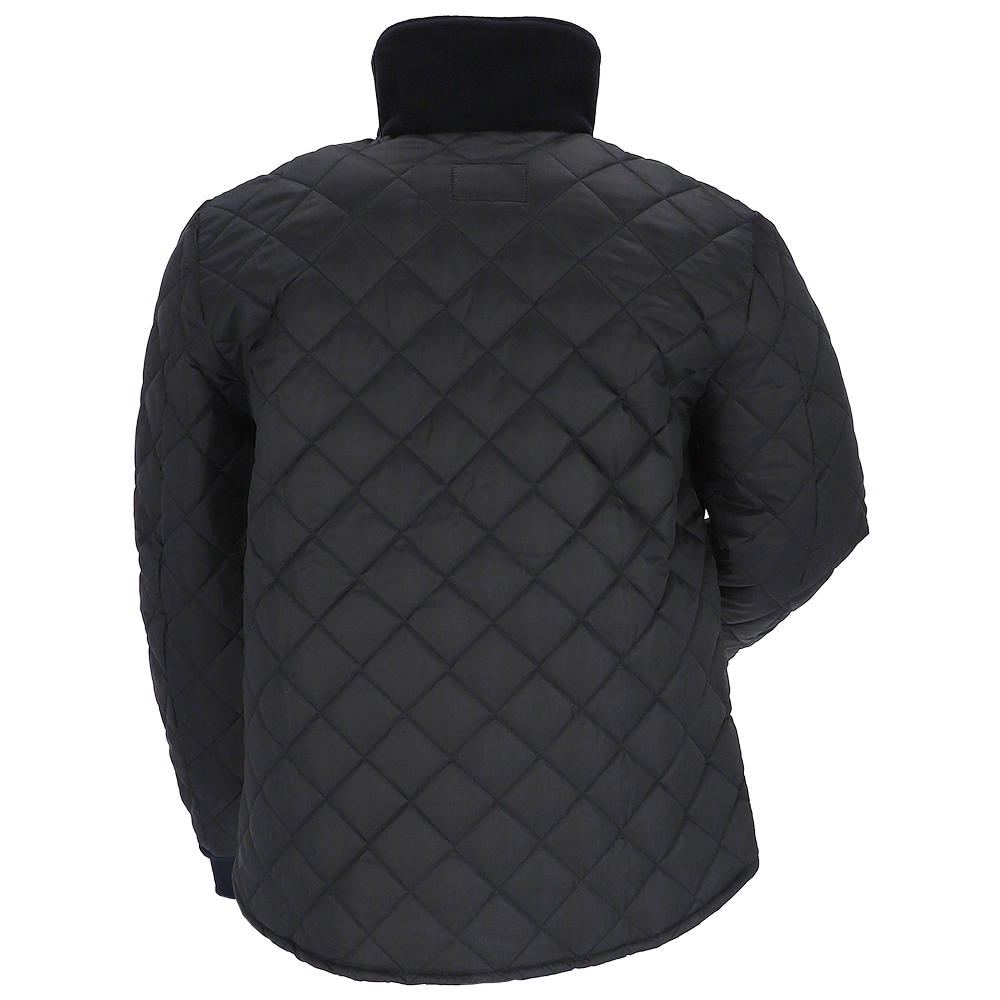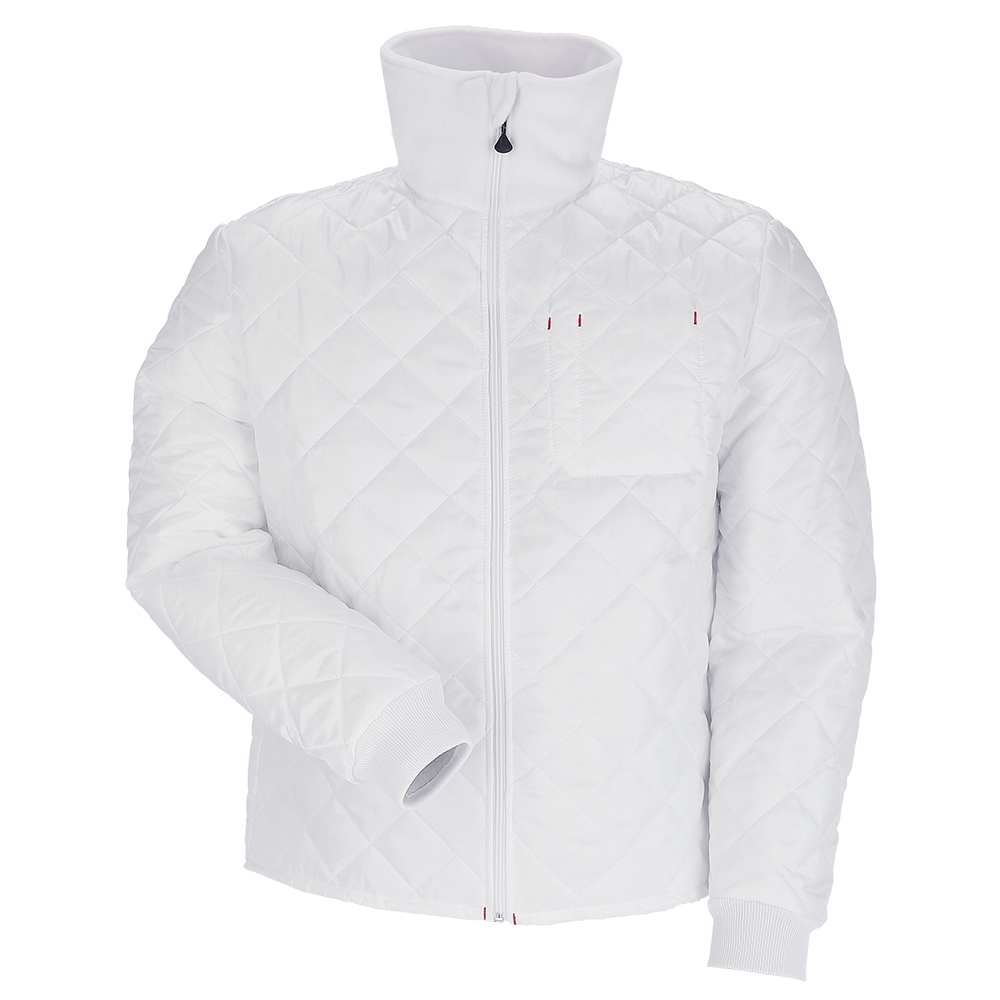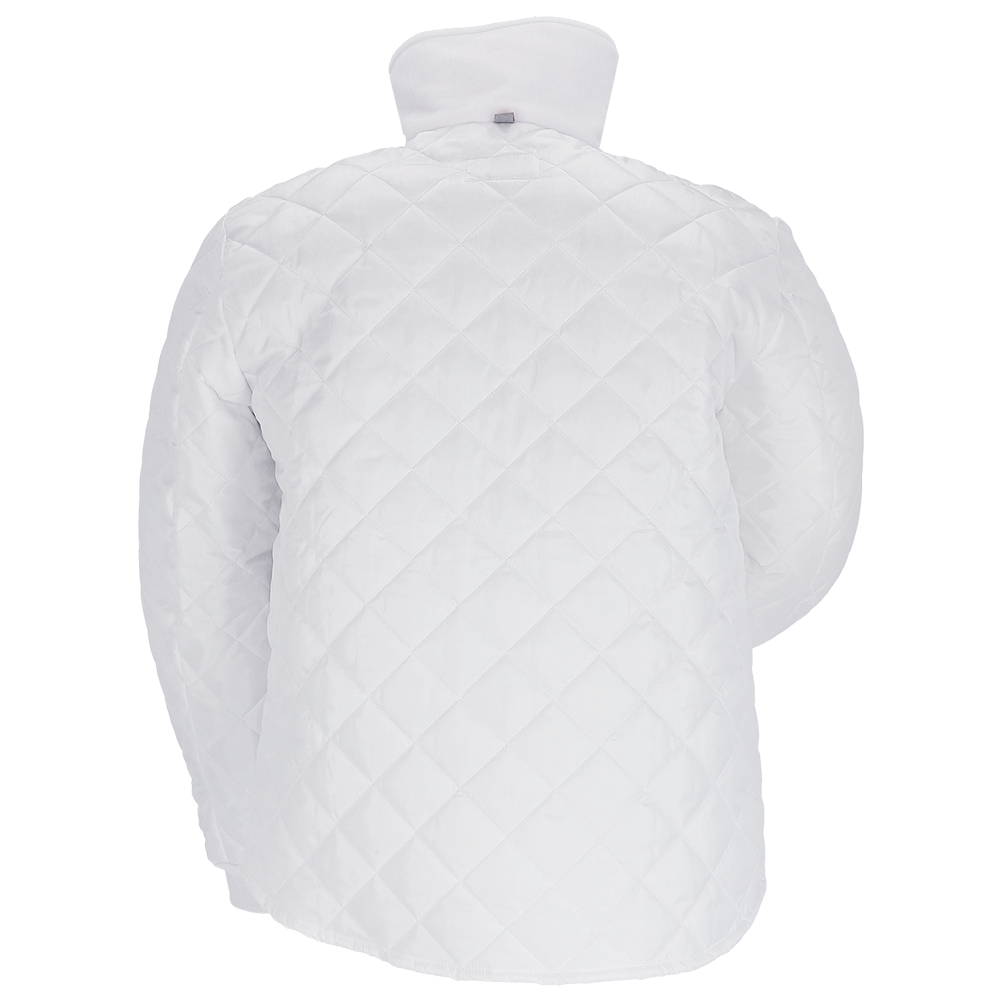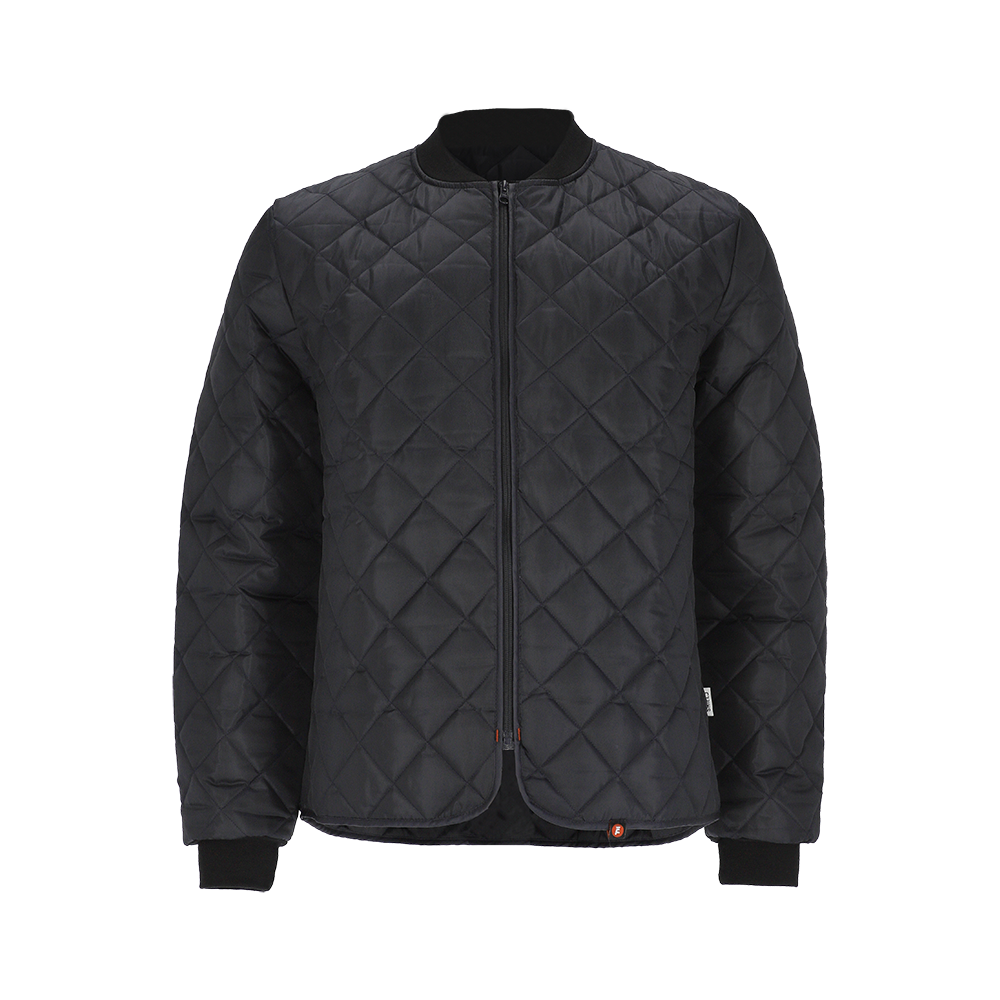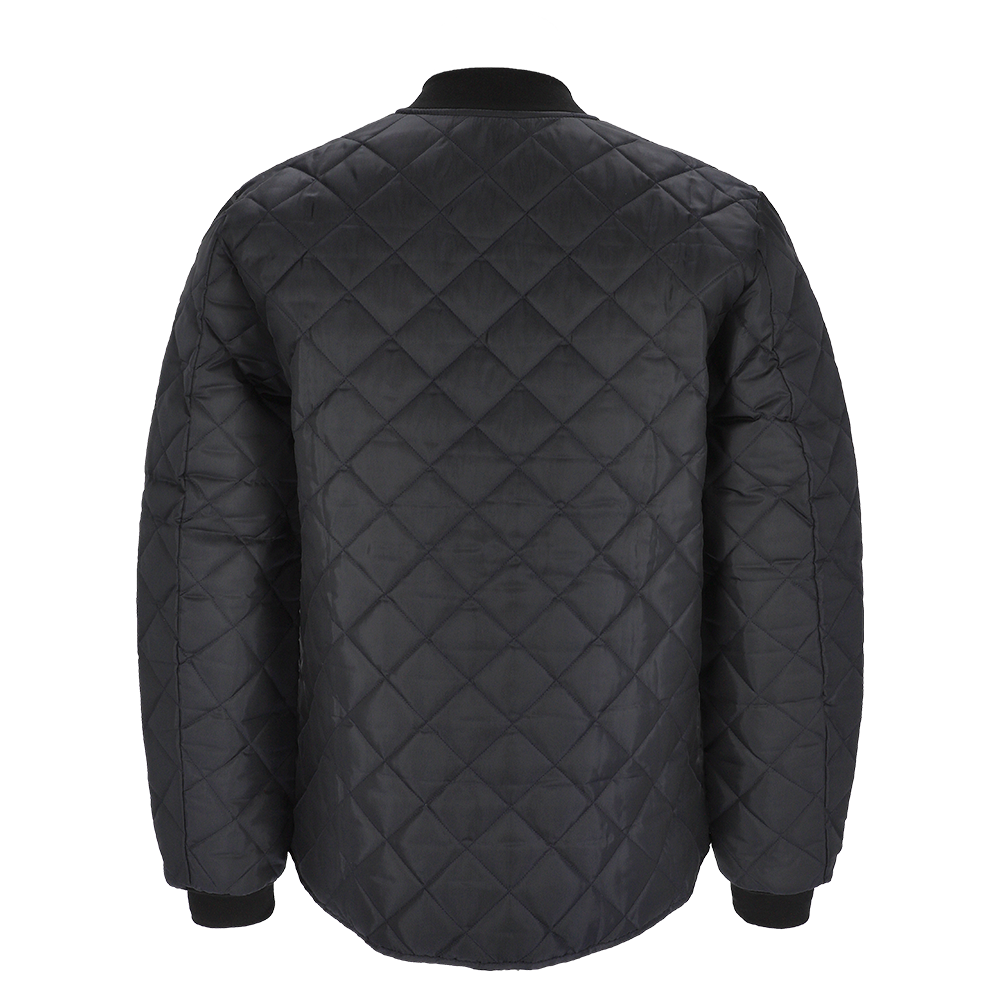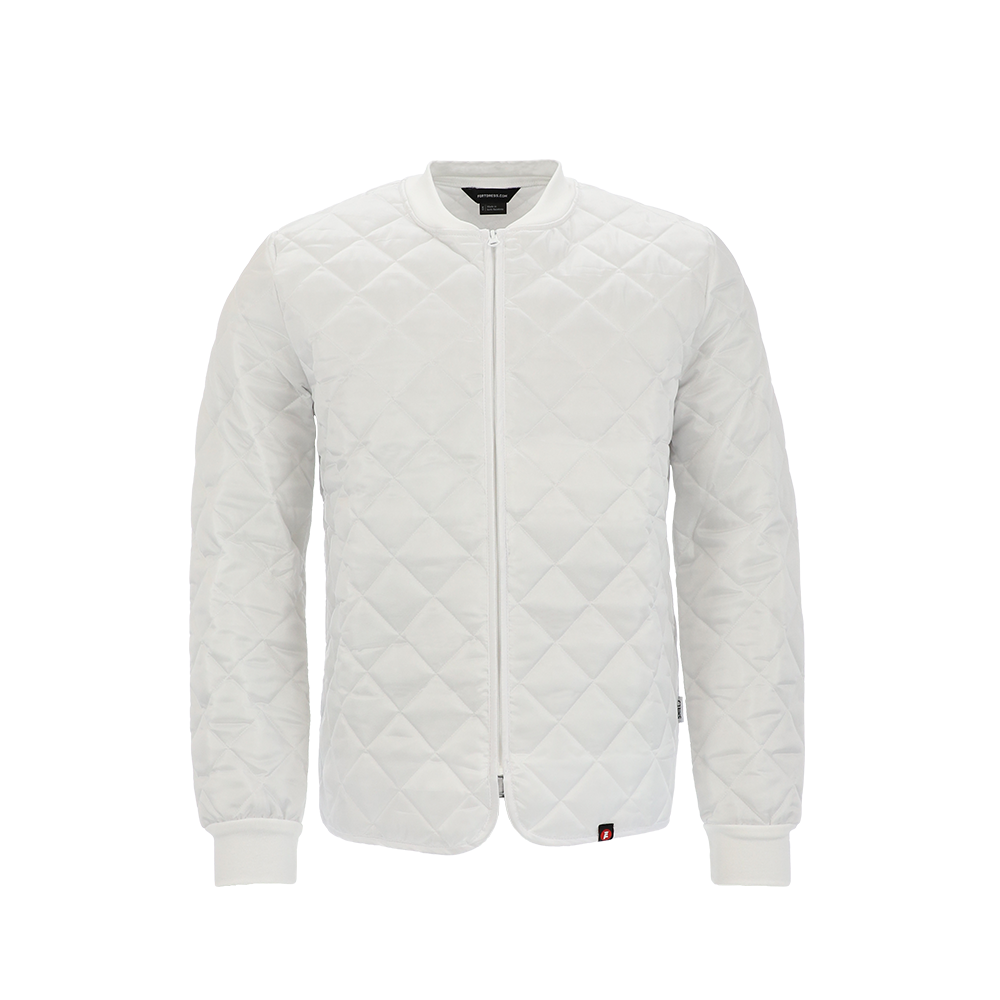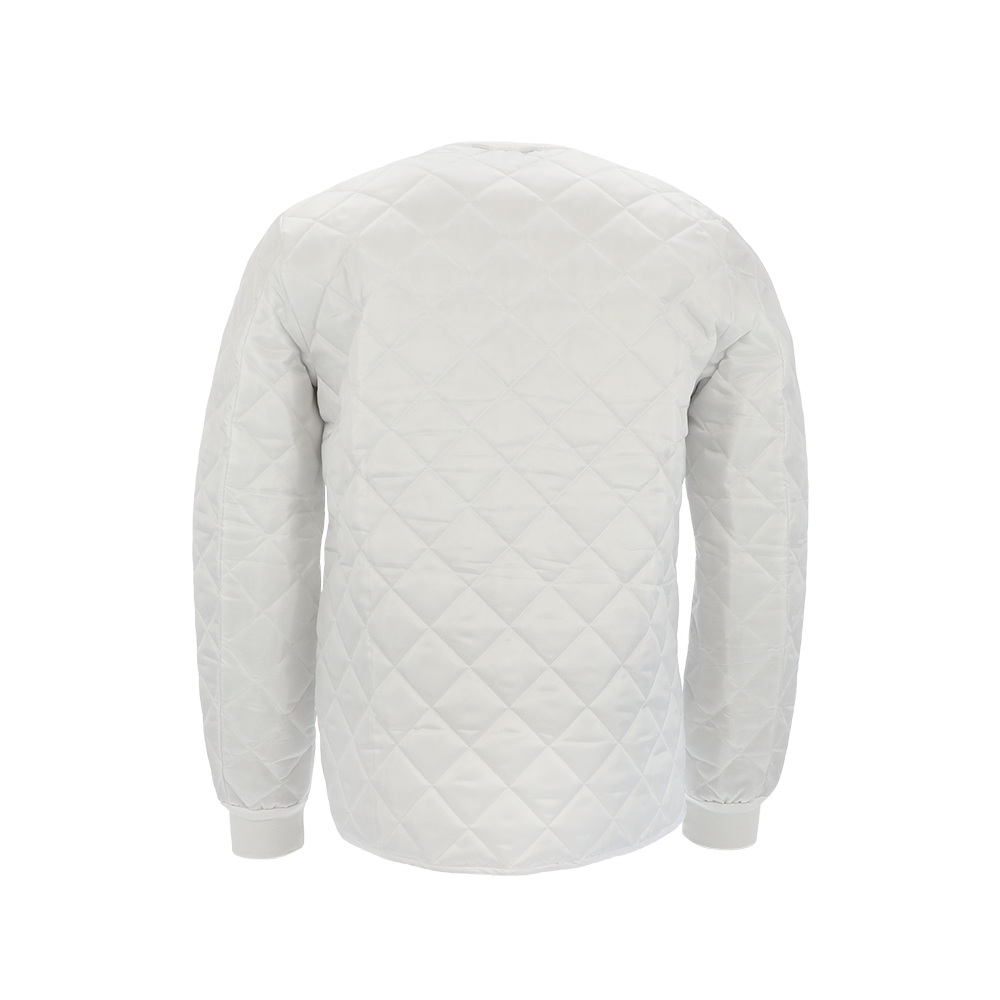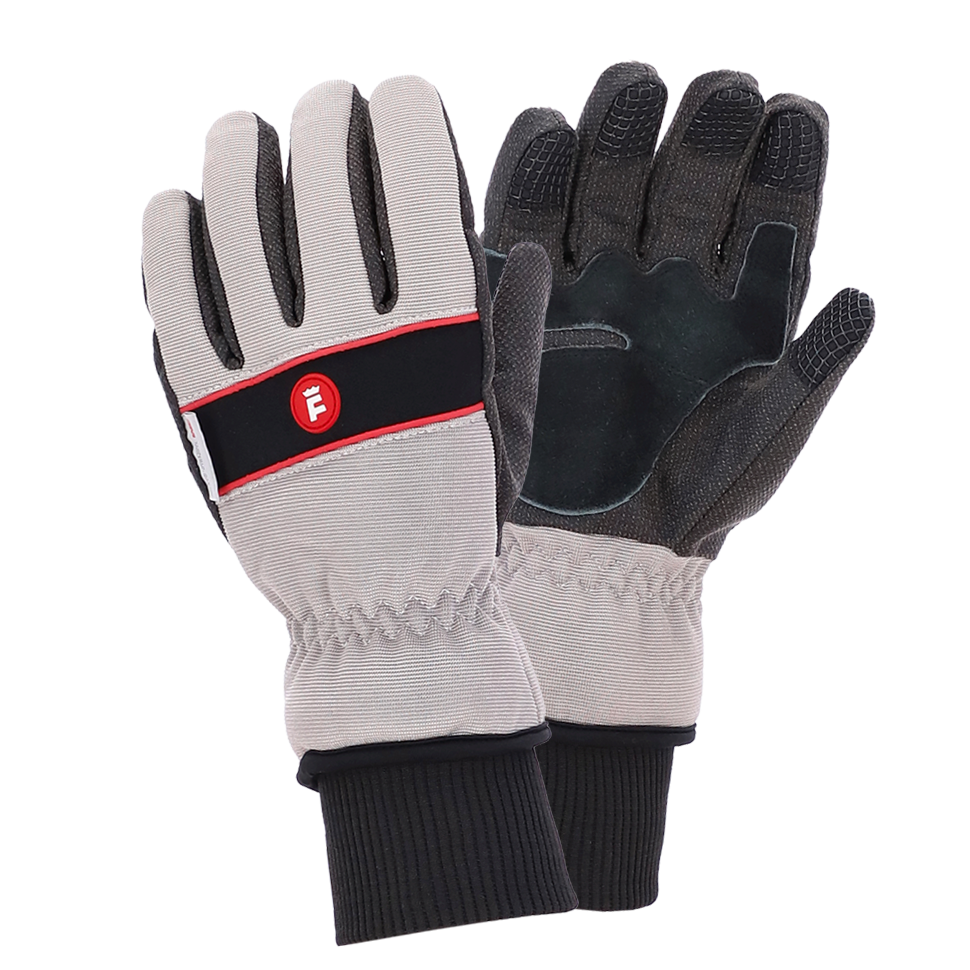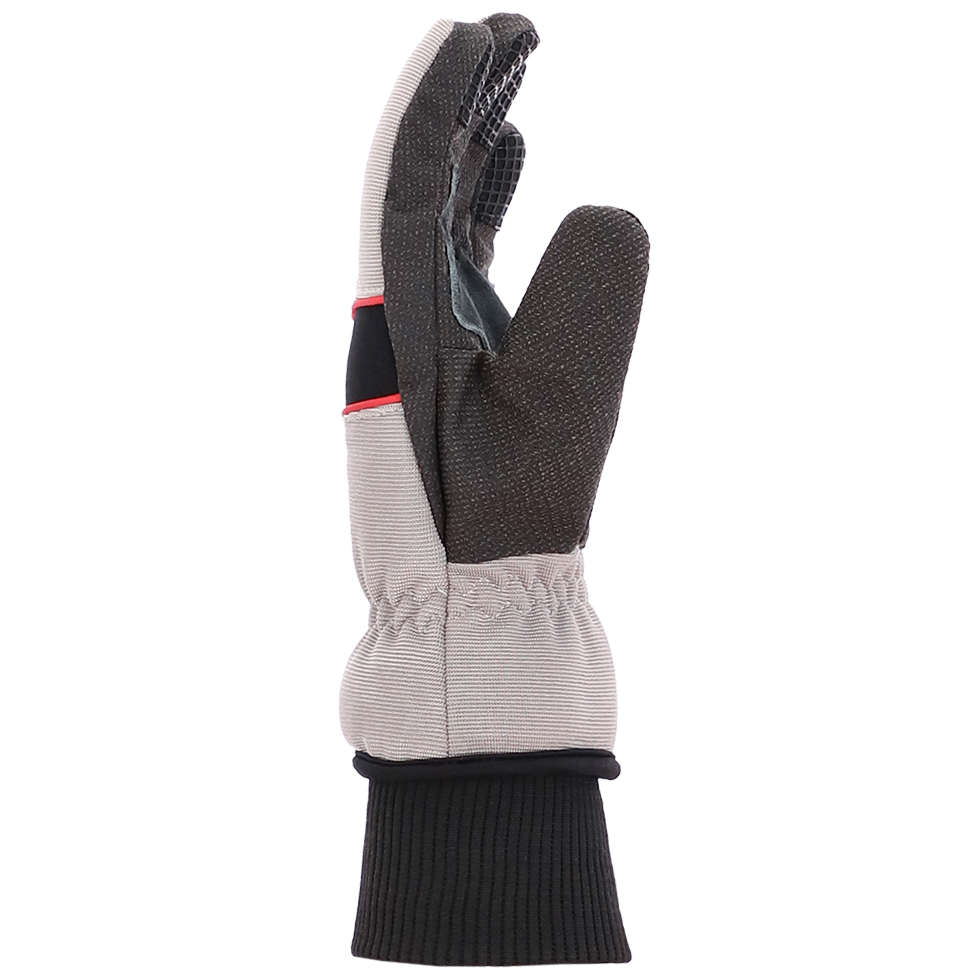



















Cold-Protection Workwear for Warehouses in Sub-Zero Temperatures.
Excellent insulation, lighter, more robust, more freedom of movement and comfort. That's what distinguishes good freezer clothing. Because lightweight, flexible and comfortable clothing means that your team can work effectively and thus economically even for longer periods in freezing temperatures. We offer you cold storage clothing from our SHIELD, CATAPULT & CROWN collection lines.
When do I need frozen clothing?
Cold weather protective clothing is specifically designed to work in cold environments for extended periods of time and is required in many occupations or companies as part of occupational health and safety. Special clothing is required for temperatures as low as -49 degrees Celsius. Our certified cold protection clothing protects the wearer from temperatures of -5 °C and below. The European standard EN 342 specifies these requirements and test methods for protective clothing against cold.
Why do I need cold protective clothing?
Extremely cold weather conditions pose a serious threat to the workplace. Frostbite and hypothermia are a real problem for many industrial workers. Temperature-appropriate workwear in cold storage saves you from many risks. The lower the temperatures, the higher the health risk and the more important is cold-protective clothing such as freezer jackets, freezer trousers or freezer overalls. They are specially designed for working in cold environments for long periods of time and are mandatory in many professions or companies as part of occupational health and safety. With us, you can order workwear specifically for cold storage or freezer work that will keep you safely warm and enable you to perform at your best even in dry cold conditions. Similar to winter workwear and thermal clothing, cold storage clothing and freezer clothing are made of specific materials with insulating properties that help you to stay in your frosty workplace for longer than a few minutes and prevent hypothermi.
Correct wearing of the cold protection clothing
The choice of cold protective clothing depends on the ambient temperature at the workplace, the duration of cold exposure and the degree of physical exertion. A workplace analysis must be carried out to ensure that the correct clothing is worn to protect against the cold.
Optimal protection by cold storage clothing or freezer clothing is only ensured if it is also worn correctly. Thus, a cold protection jacket or cold protection vest alone is often not enough. In combination with freezer bib trousers, however, nothing stands in the way of reliable cold protection. One-piece suits, such as a cold-protection overall, are also suitable for work in cold stores and freezers. Of course, the head, hands and feet must also be protected from the cold, which is why warm caps as headgear, cold-protection gloves as work gloves and cold-protection insulated boots as work shoes are also counted among the necessary workwear for sub-zero temperatures.
The wearer must be able to make all the physical movements necessary for their activity without significant restrictions. Garments that are too tight or too loose can also have a negative effect on thermal insulation - too little air circulates in clothing that is too tight, while too much cold air penetrates between layers of clothing that are too loose. Garments also need to be inspected before each use to identify any damage that may reduce the effectiveness of their protective properties. Make sure that the zips of the cold weather clothing close properly, the arm as well as leg cuffs of the cold weather jacket and cold weather trousers fit snugly, and that the entire protective garment fits well.
If you notice any tears or holes, the cold protection clothing should be replaced immediately, as it can only fulfil its protective function against extreme cold if it is intact. As moisture impairs protection against the cold, the clothing should always be stored in a dry and well-ventilated area with an even level of protection. Regular washing can also impair thermal insulation, which is why it is important that cold storage and freezer clothing is always cleaned exactly according to the manufacturer's instructions. You should also ensure that garments certified to DIN EN 342 are not worn beyond the specified maximum wearing time. Their performance level is usually also specified by the manufacturer.
Cold protective clothing according to DIN standard EN 342
In principle, wearing cold-protective clothing as workwear is required when working at temperatures below -5 degrees Celsius (air temperature). When buying, it is important to make sure that suitable garments are always made according to the DIN standard EN 342 - conventional winter clothing does not meet this requirement.
The European standard EN 342 specifies the requirements and test methods for protective clothing against cold. Clothing certified according to EN 342 protects the wearer against temperatures of -5 °C and below. The EN 14058 standard (protective clothing against cool environments) protects the wearer comparatively only up to a temperature of -5 °C. The EN 342 standard therefore represents an increase in protection against cold compared to EN 14058 and is therefore more suitable for work in extreme temperatures, such as in cold stores.
The individual garments are divided into specific protection classes, with 3 always corresponding to the highest protection level.
The first number of the EN 342 standard provides information about air permeability in class 1-3, the second number about resistance to water penetration in class 1-2. The test procedure tests both breathability and thermal insulation, for which quilted and lined textiles are primarily responsible.
For even better protection and to avoid local cooling of individual body parts, make sure that your head, hands and feet are adequately protected (protection for these body parts is not covered by the EN 342 standard).
Thanks to our functional workmanship, maximum wearing comfort and freedom of movement are guaranteed at the same time as good climate compensation. Full-length, backed front zips, extended backs on jackets, material with stretch content, knitted cuffs and waistband on jackets and a raised back waistband on dungarees increase safety, protection and comfort. Whether dungarees, socks, underwear, gloves, waistcoats, jackets or caps - in our online shop you will find cold protection clothing in various designs!

